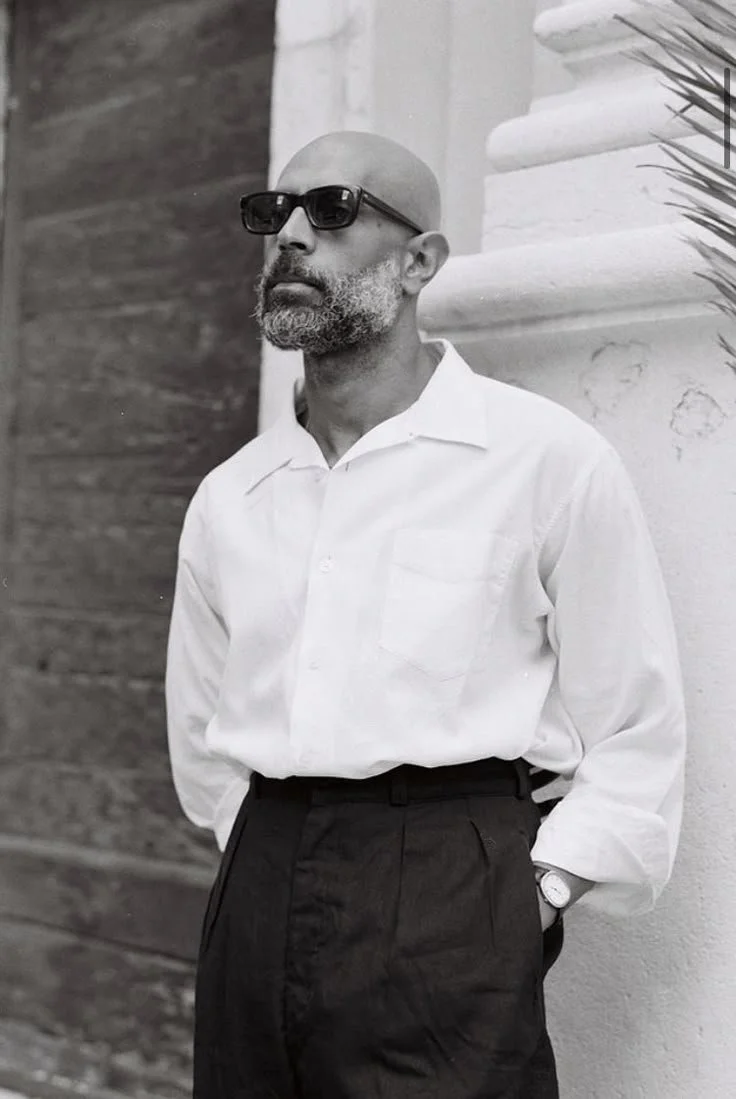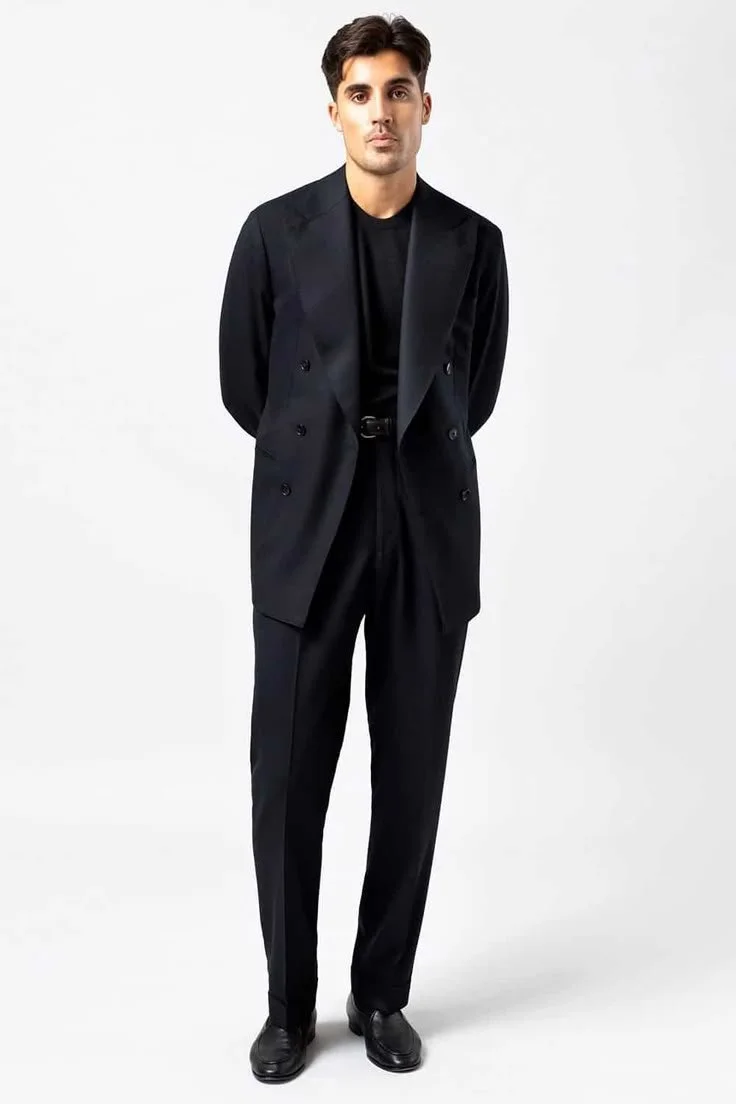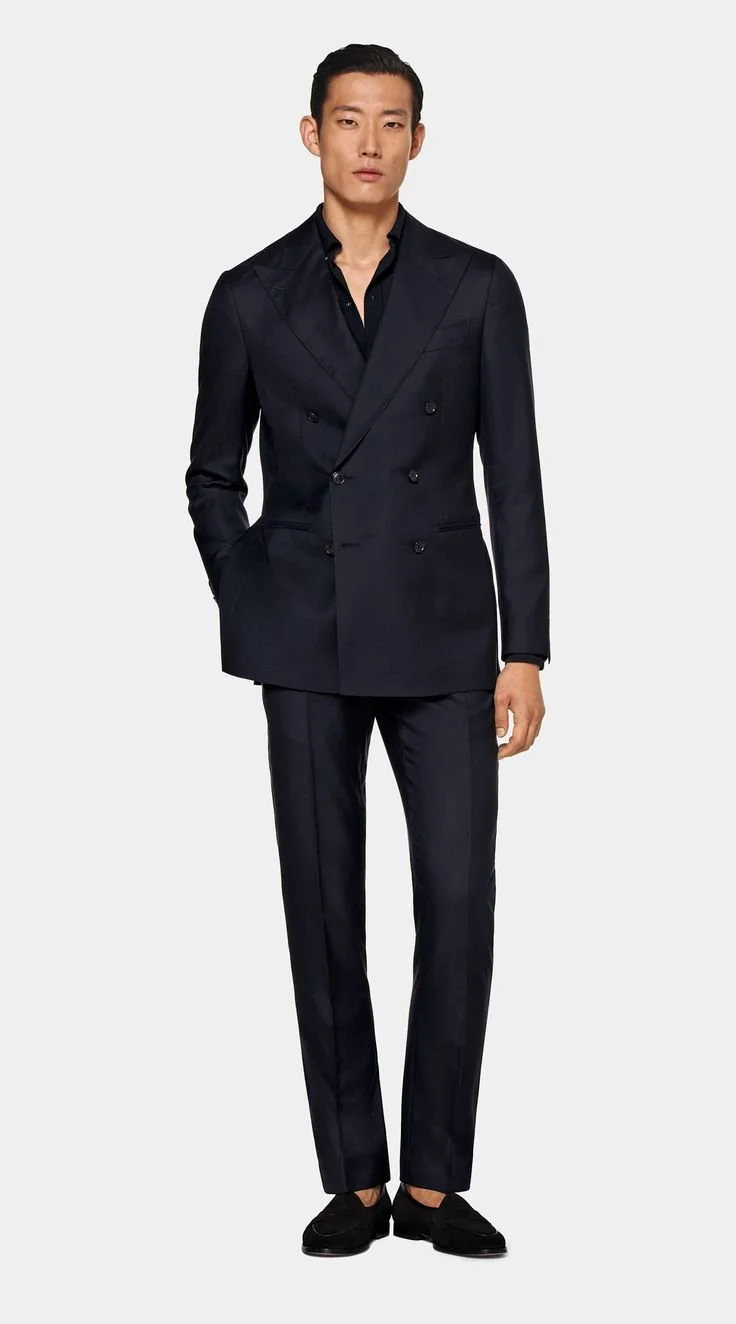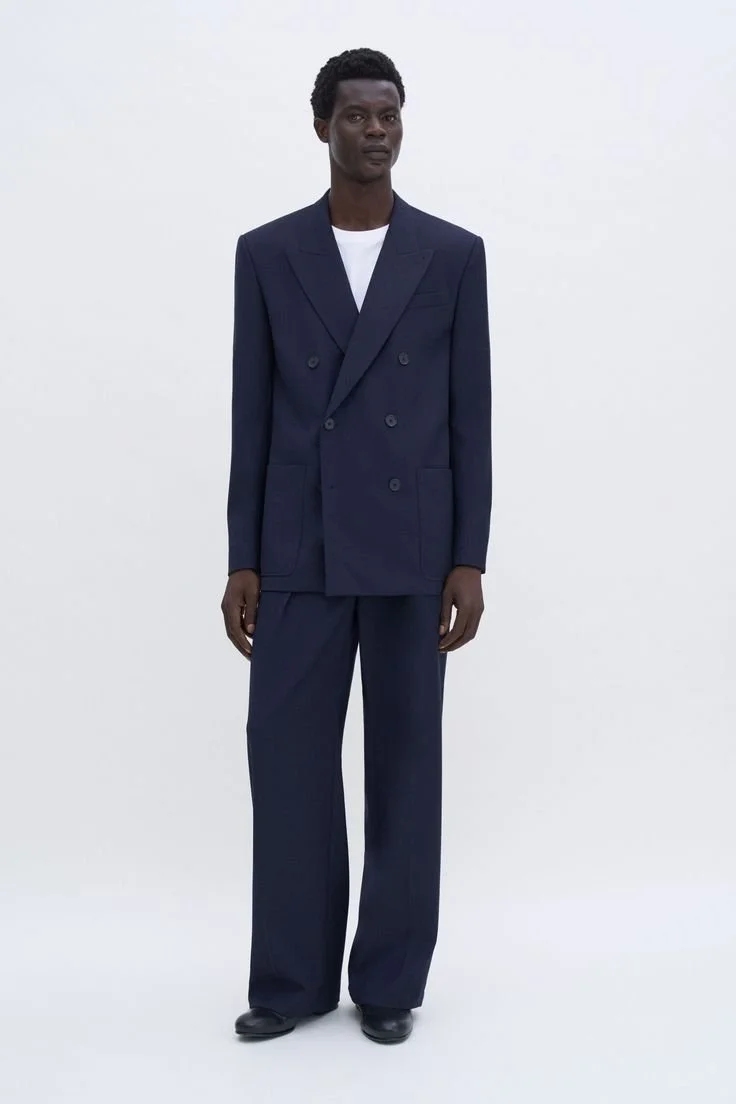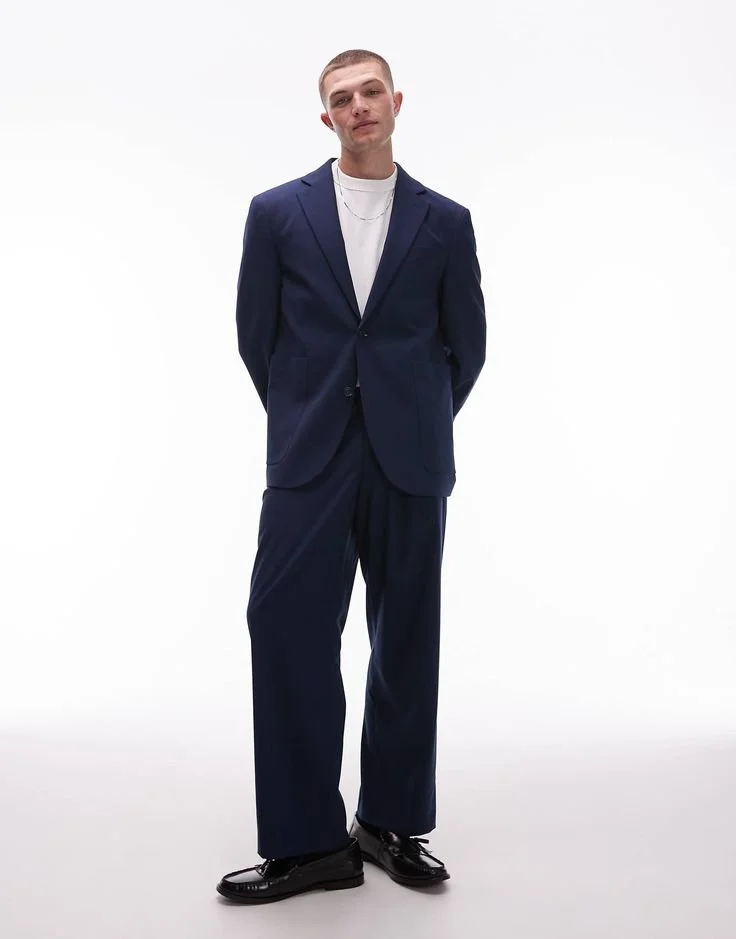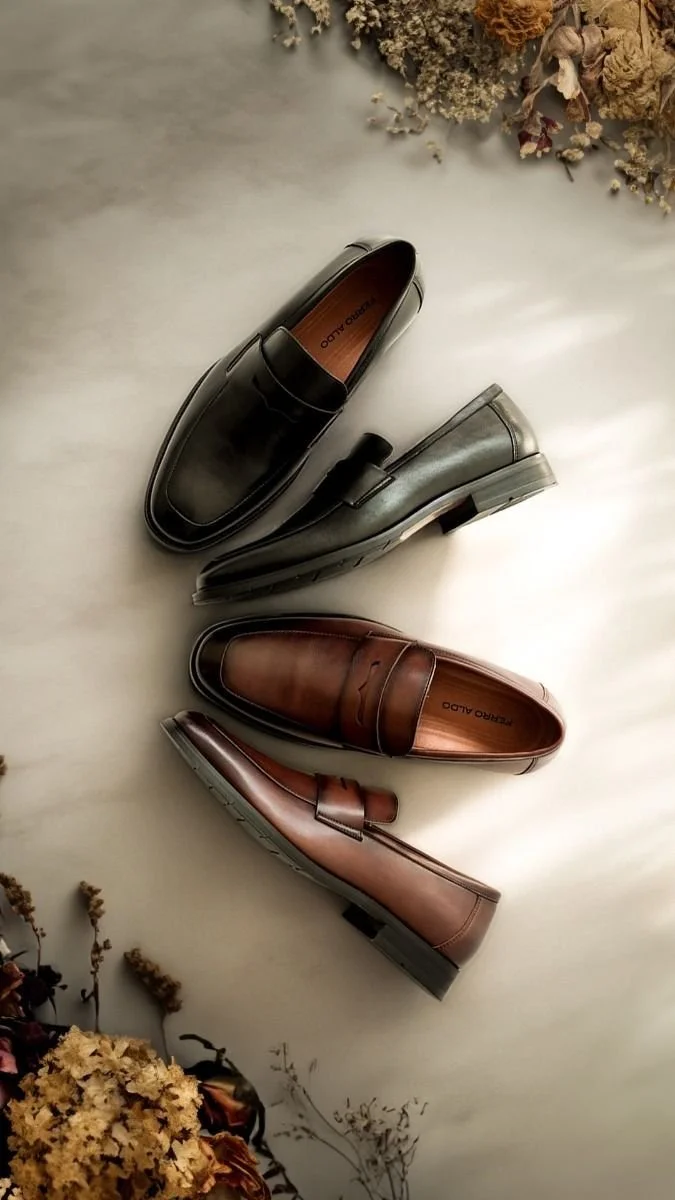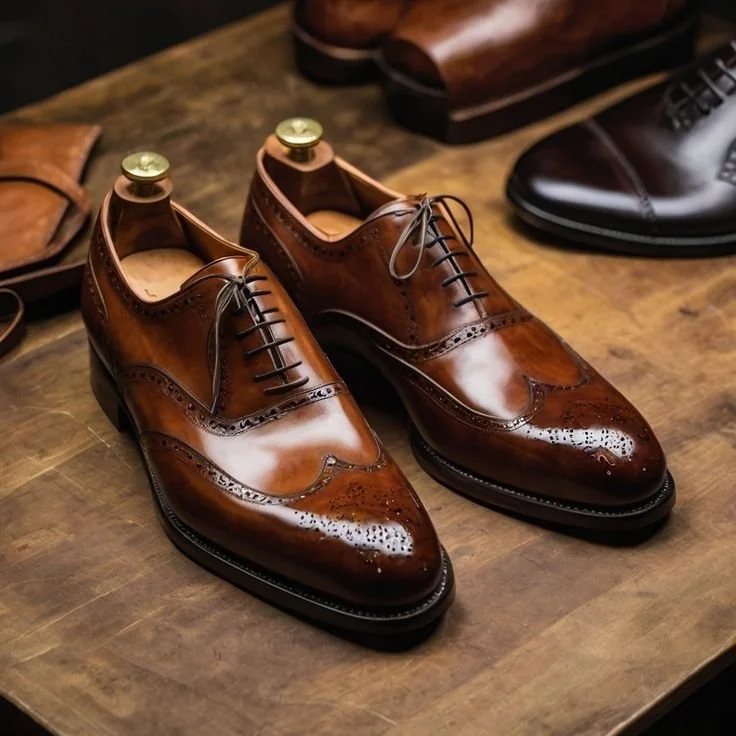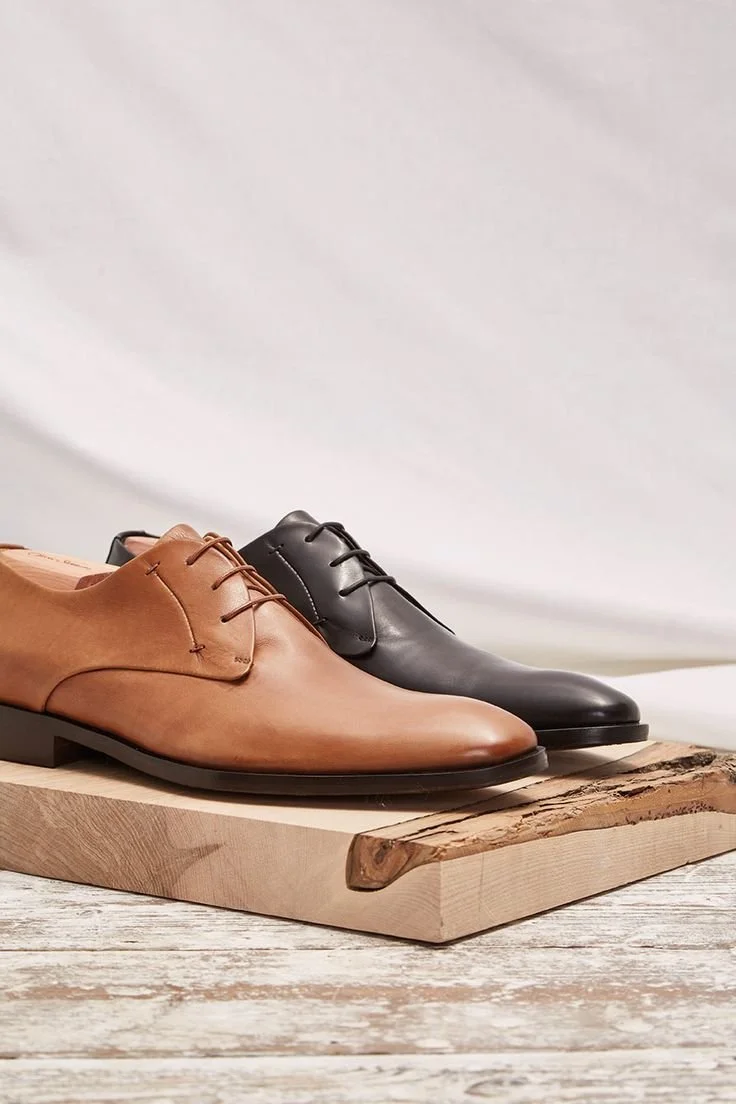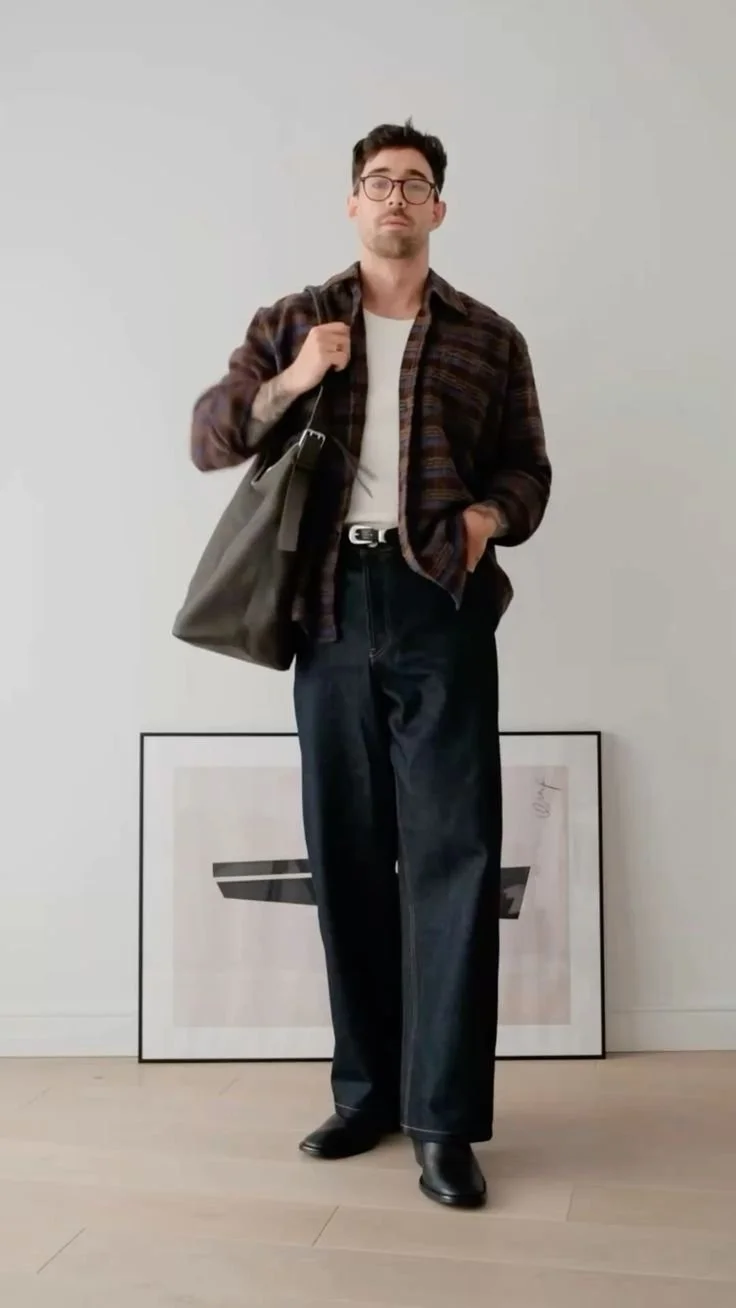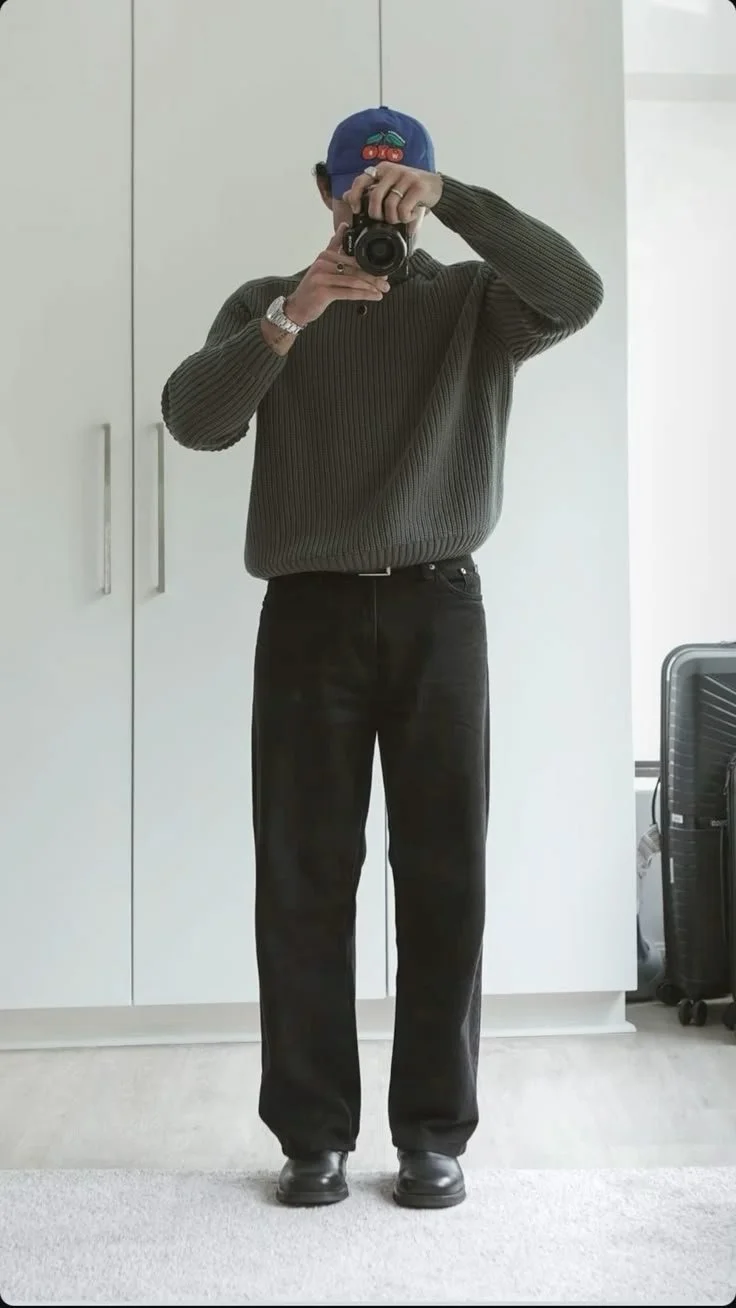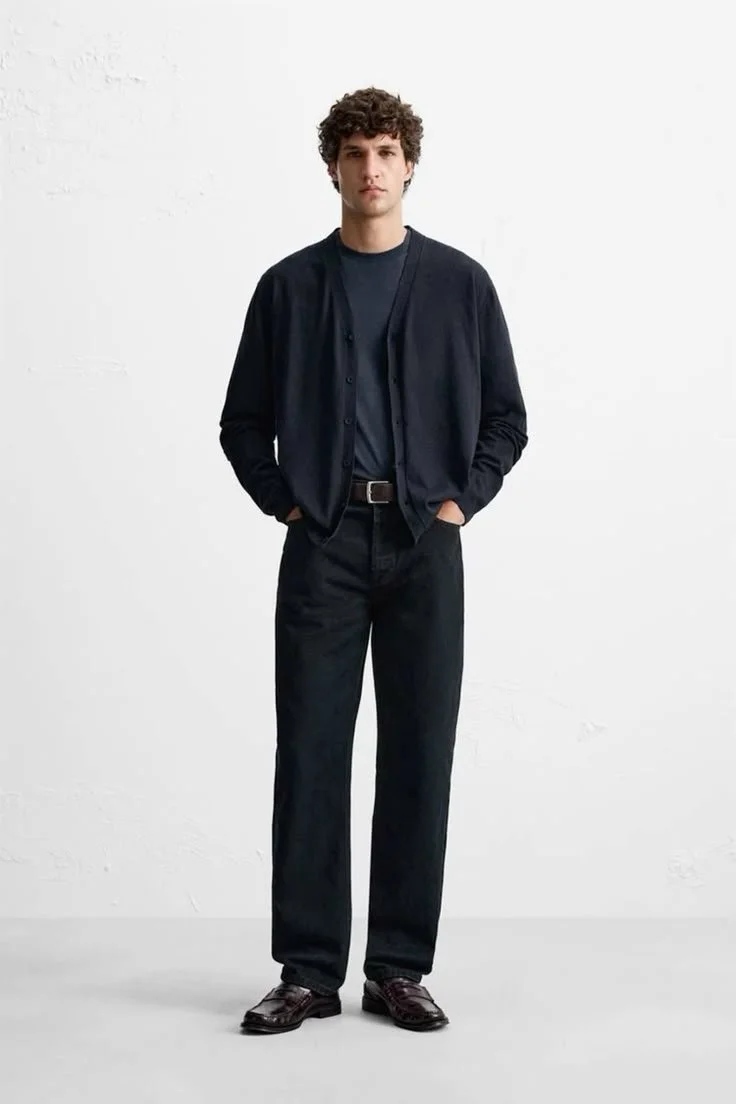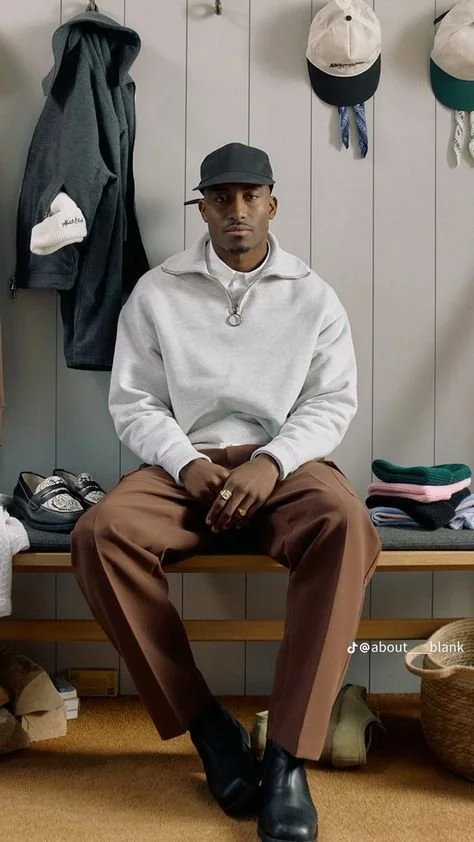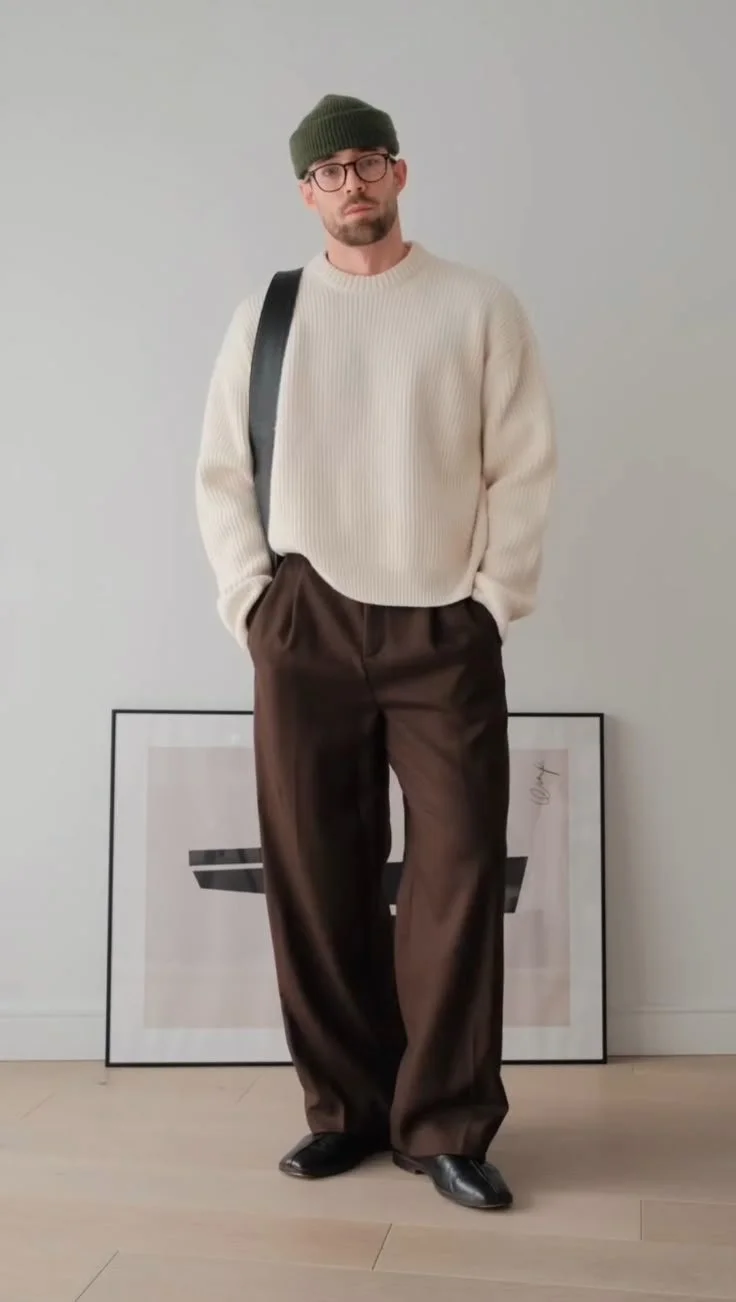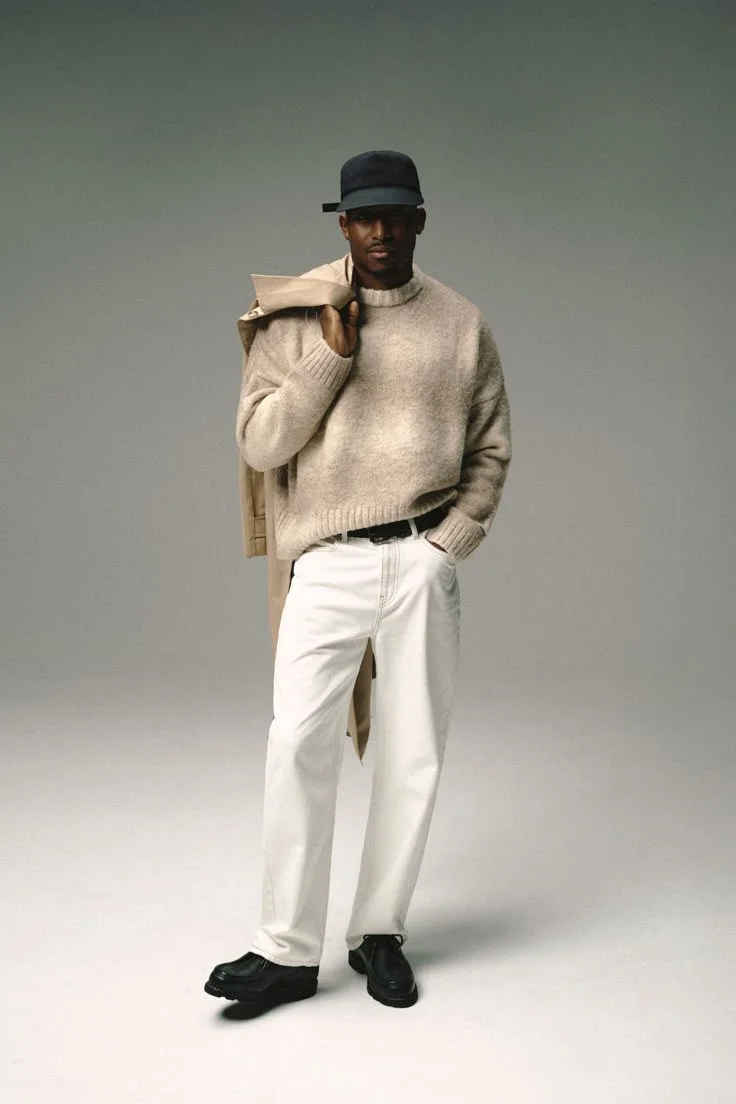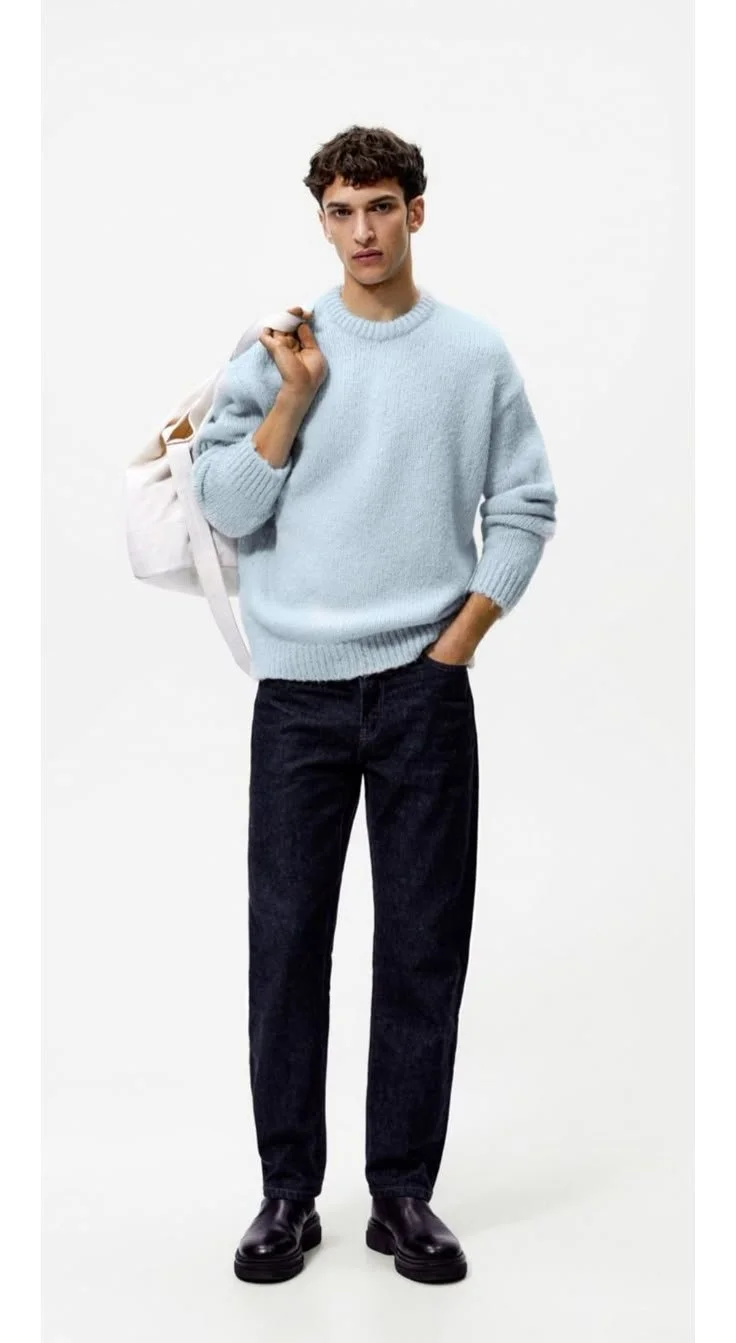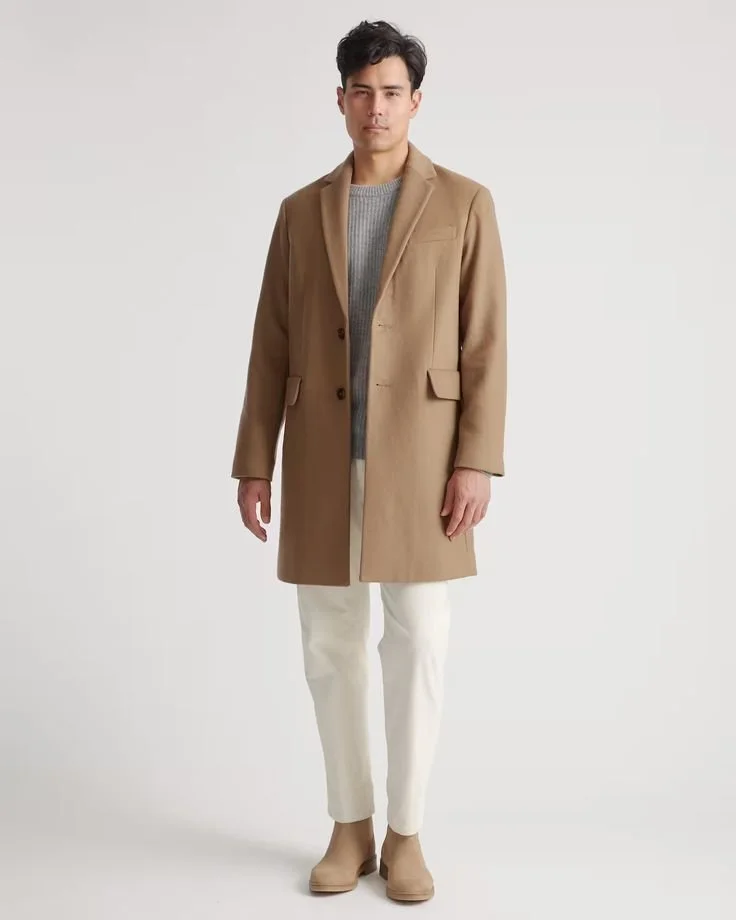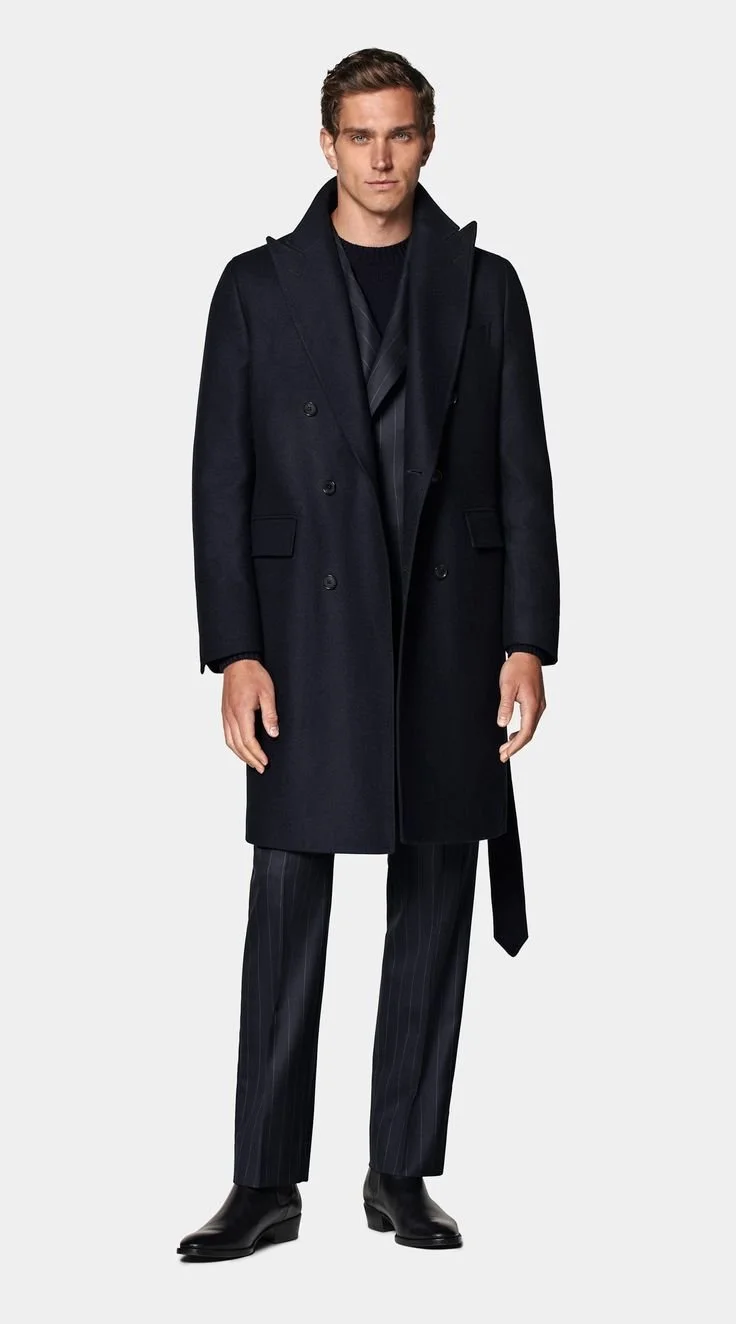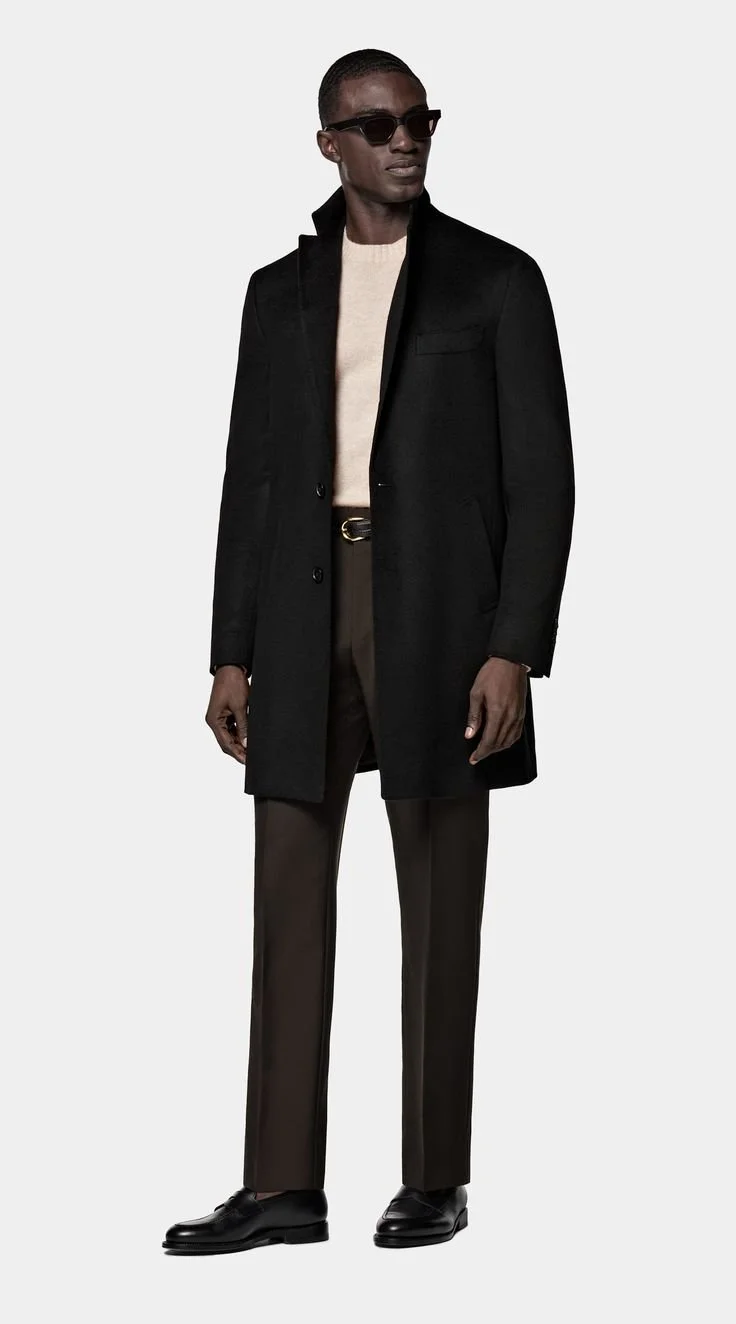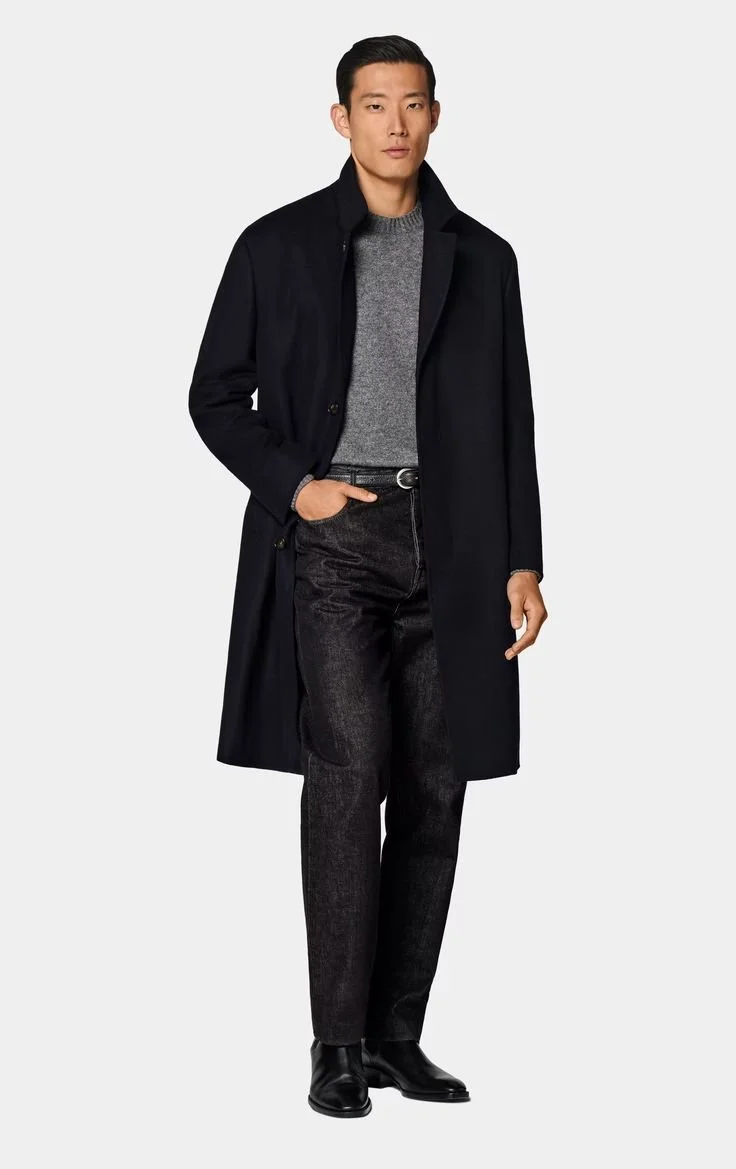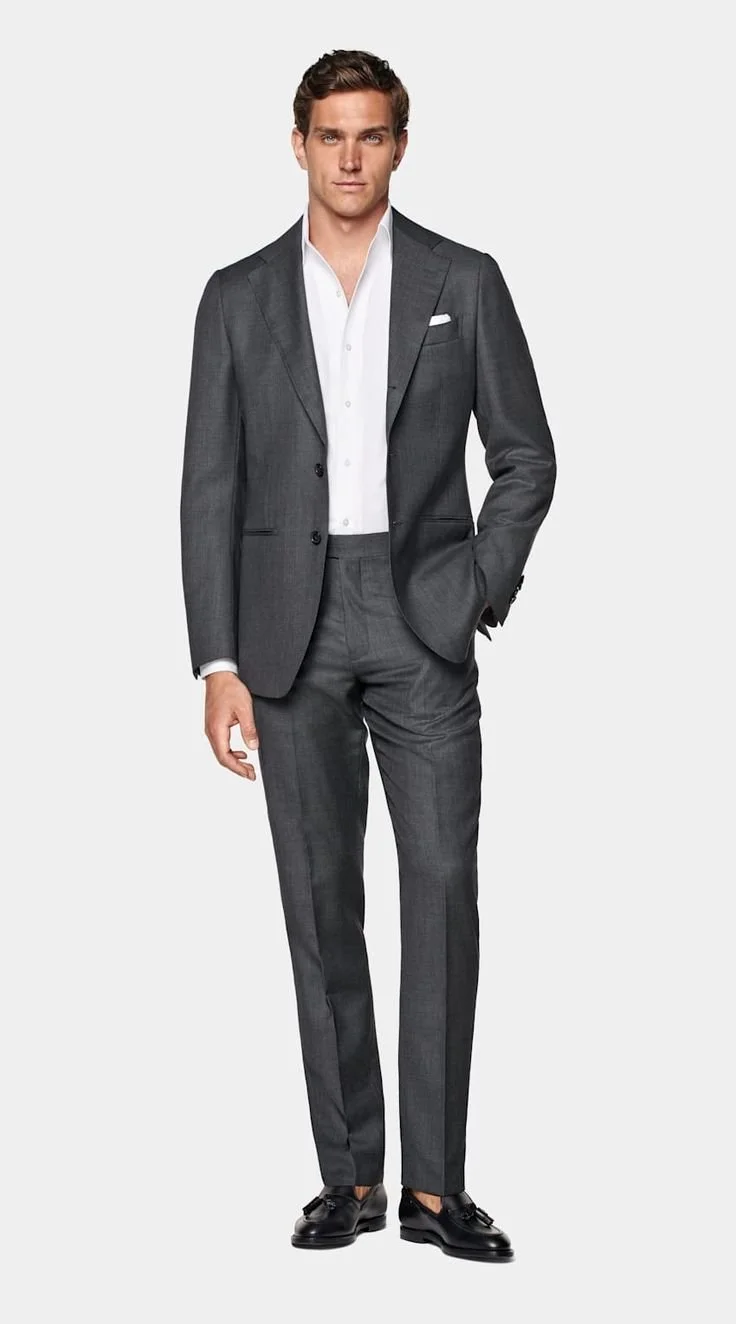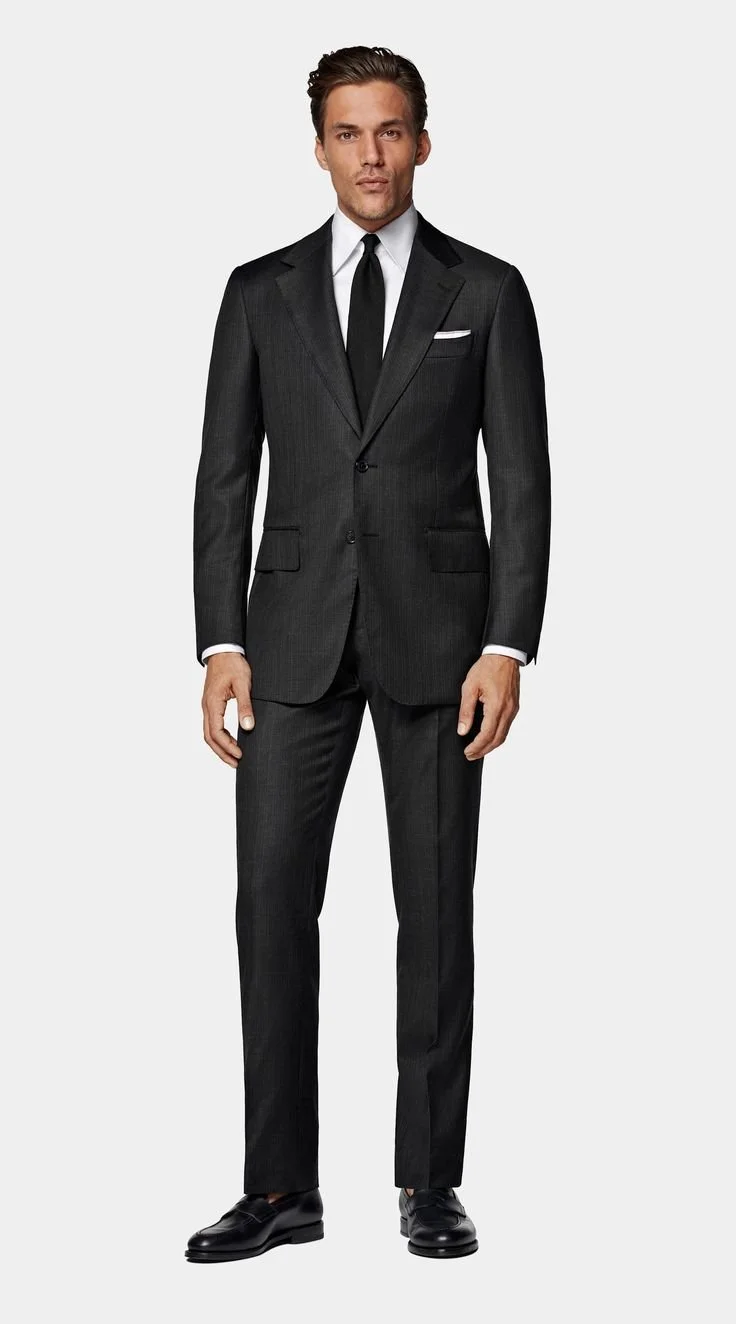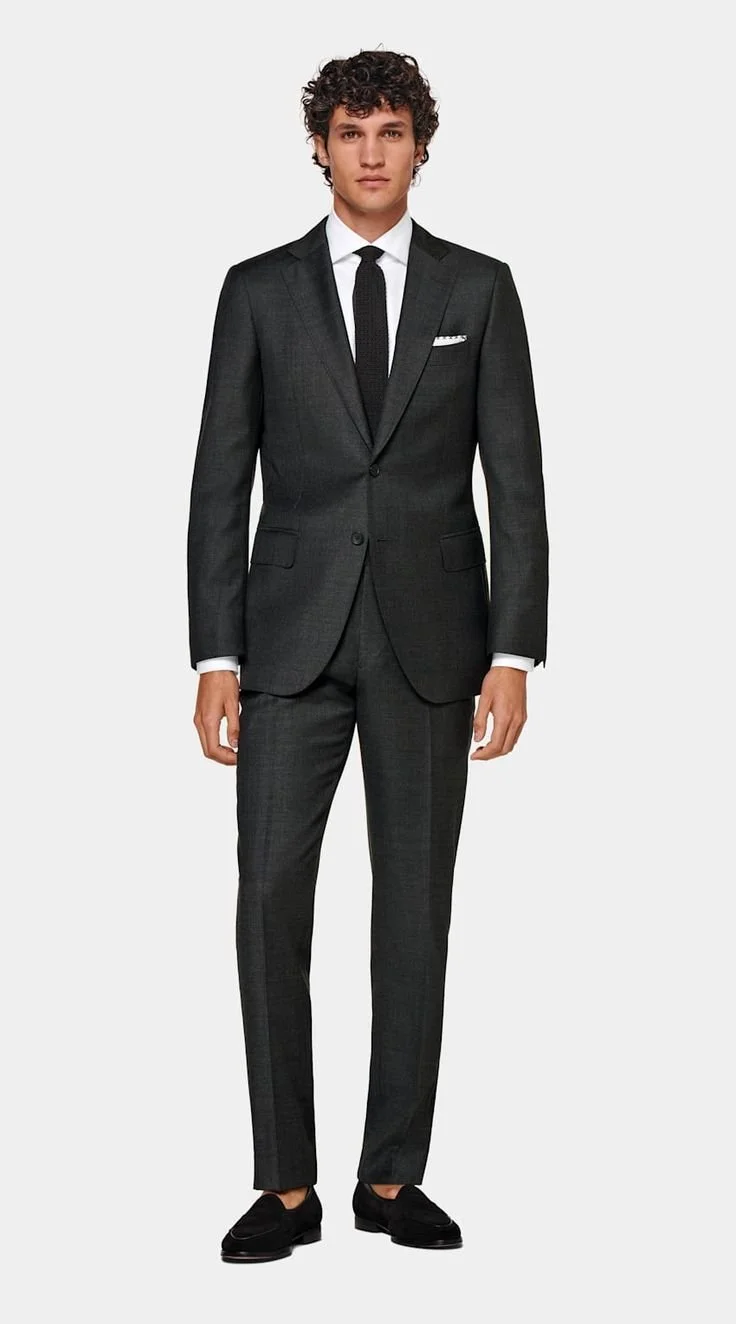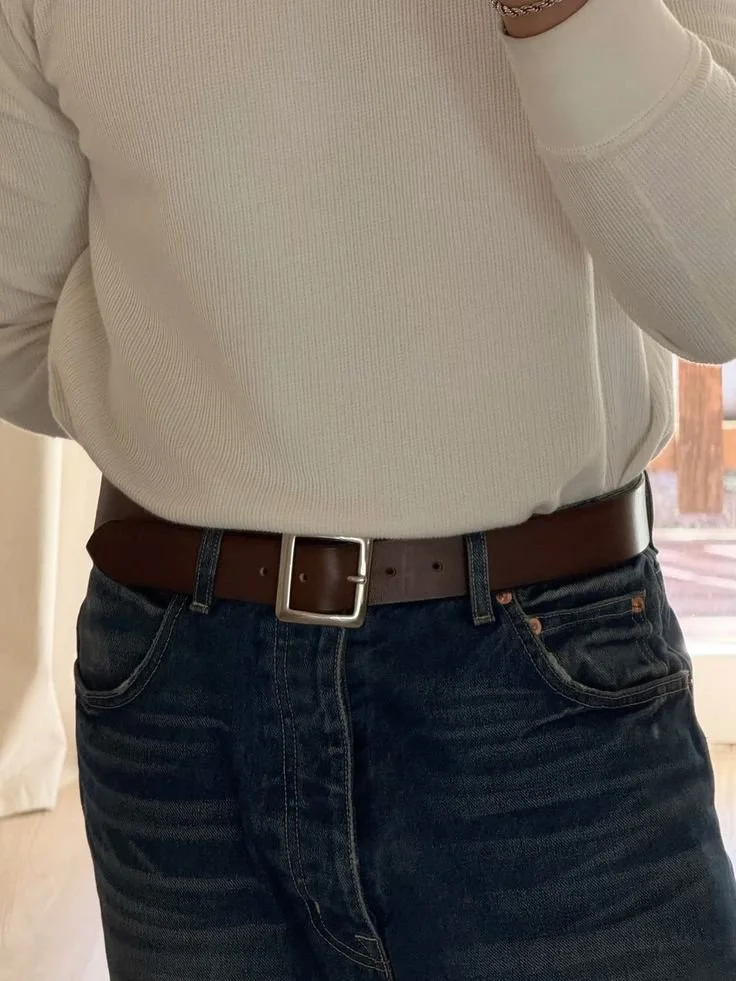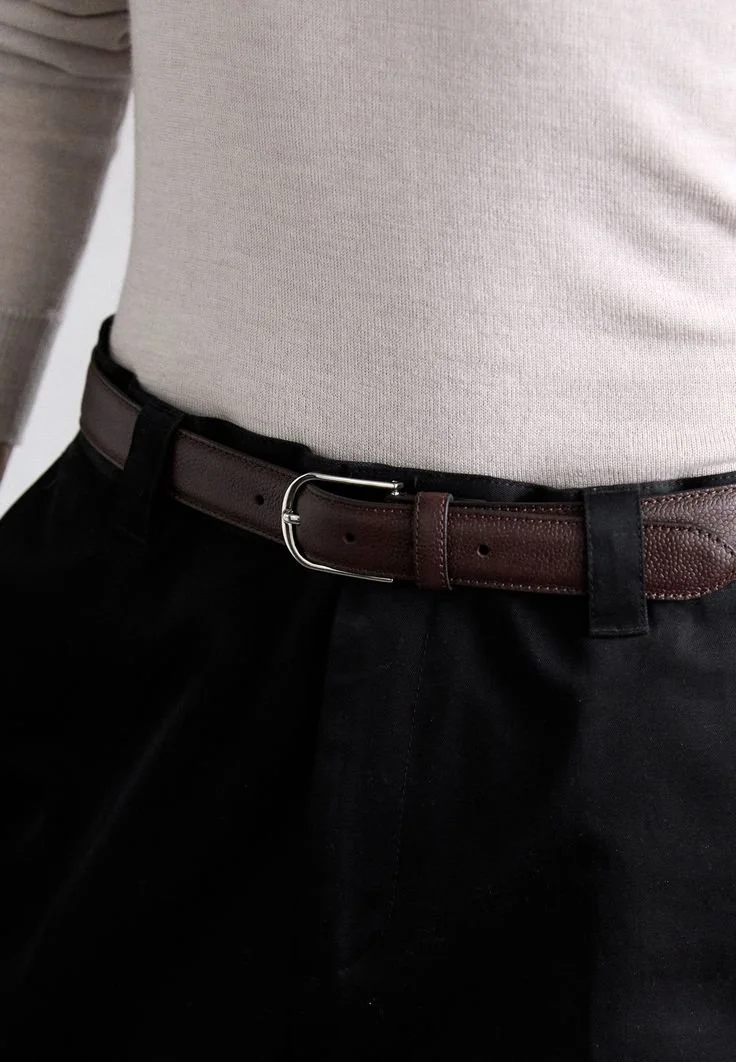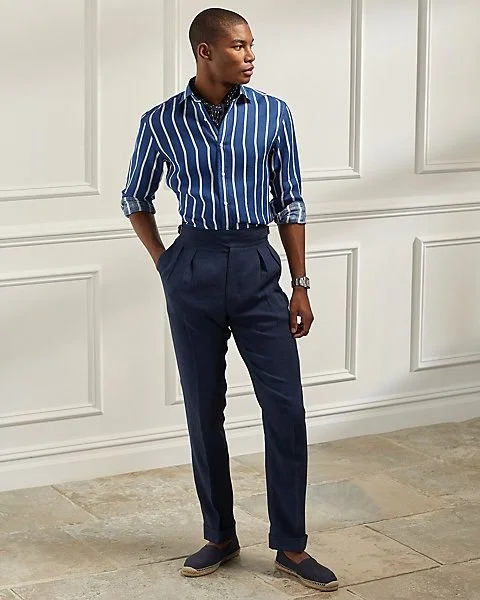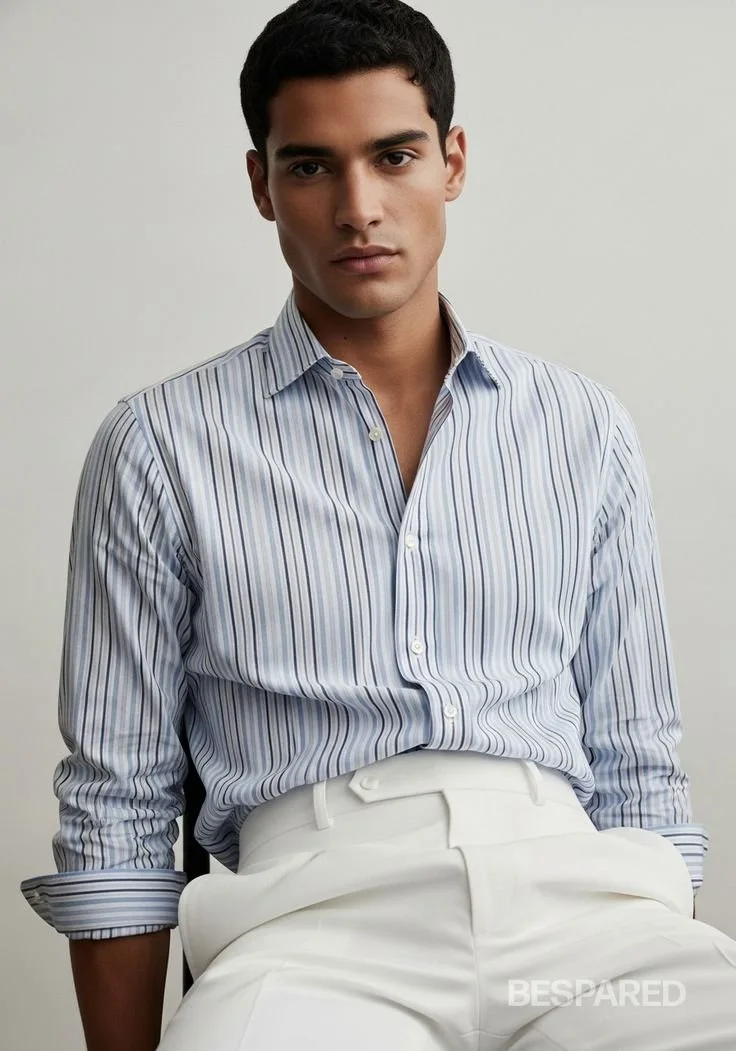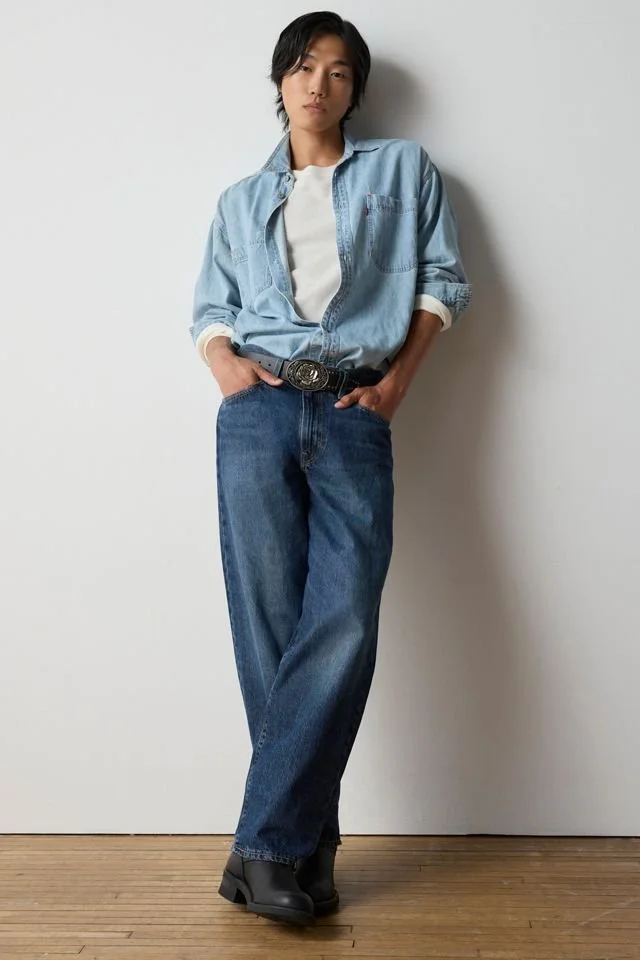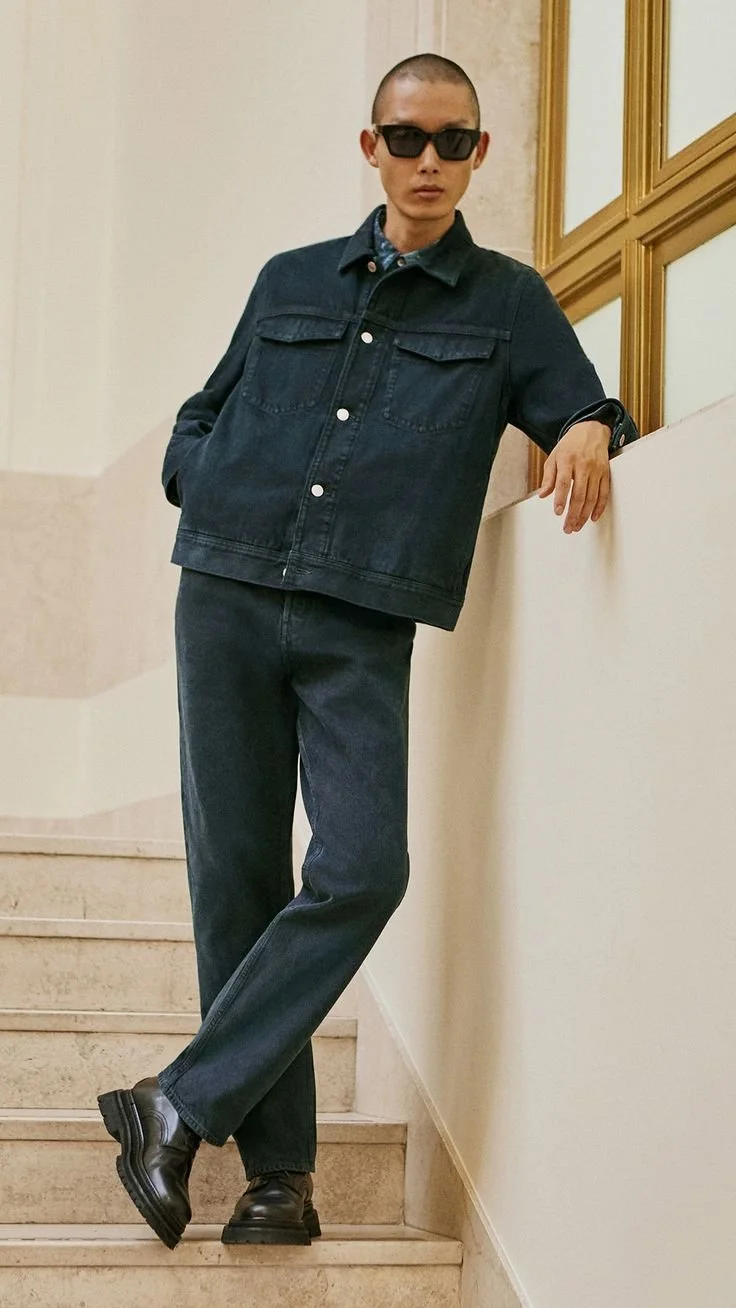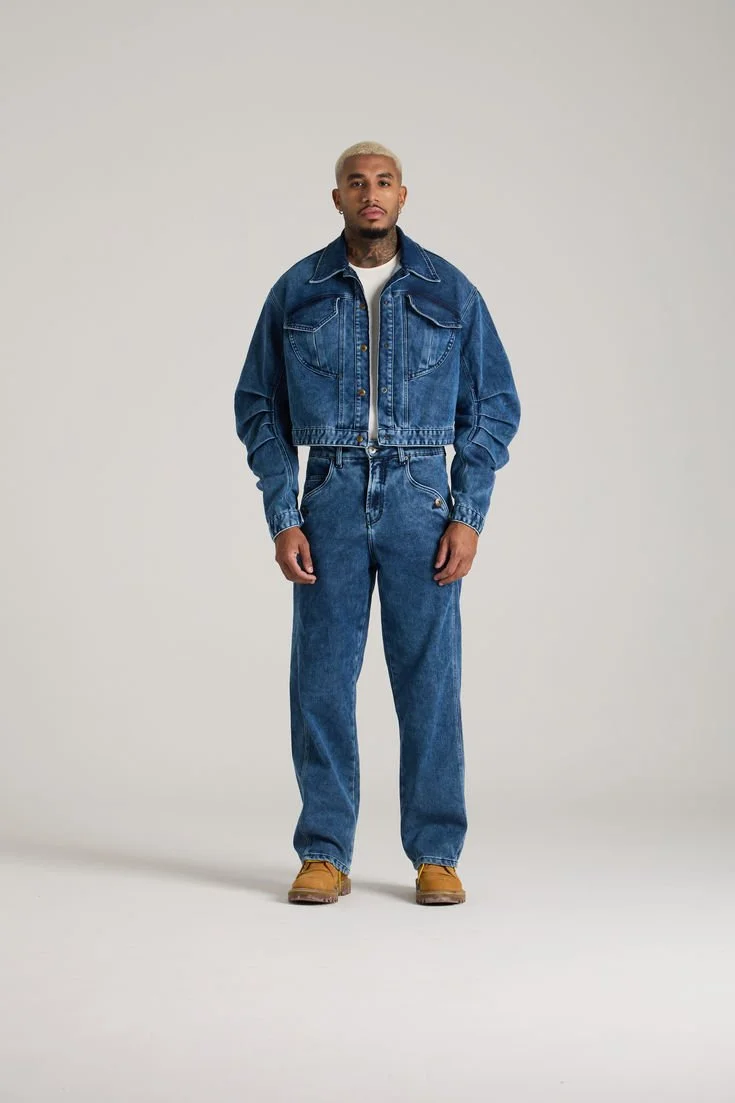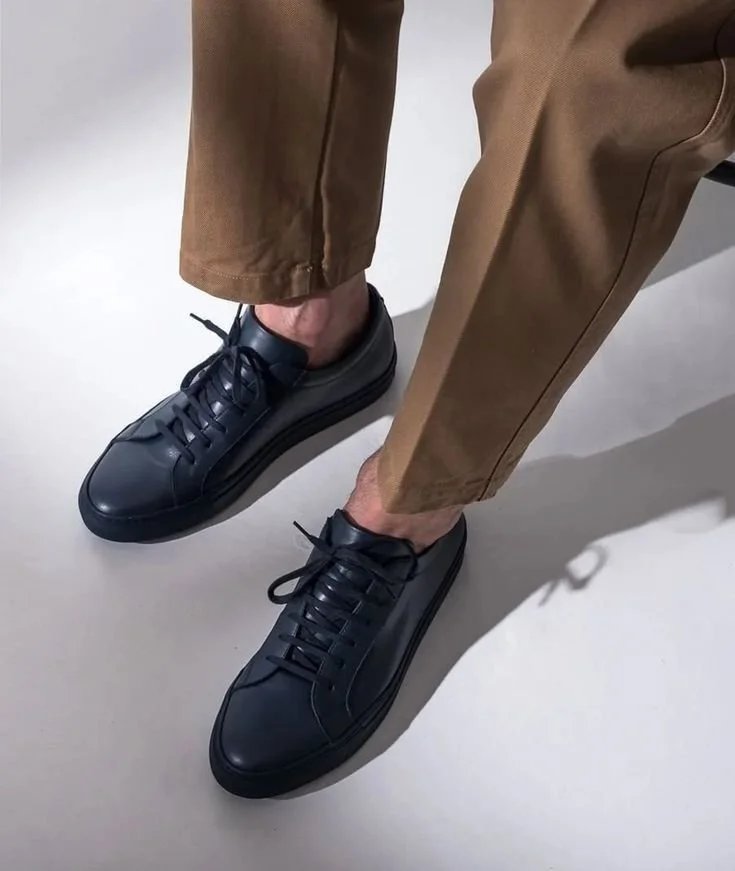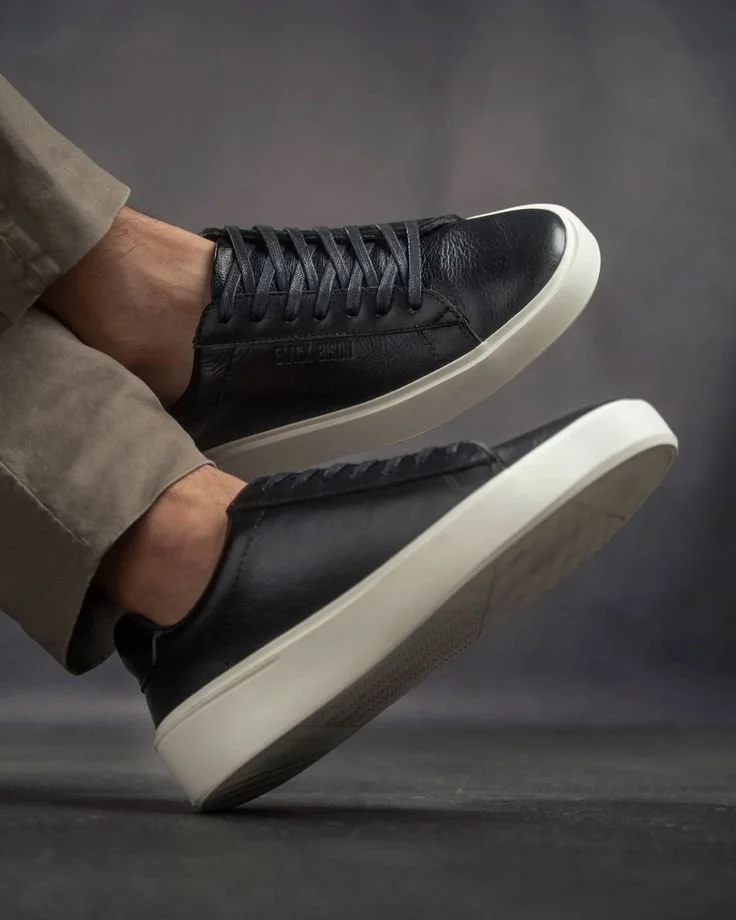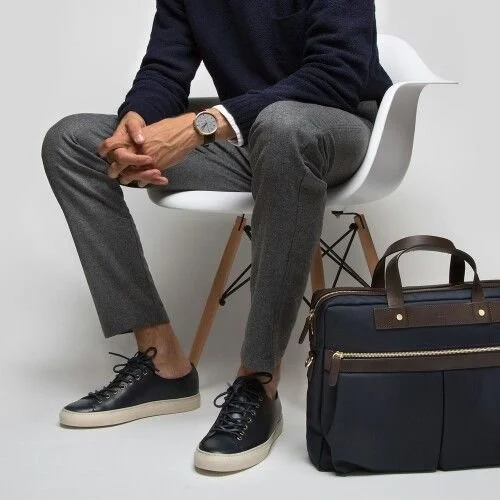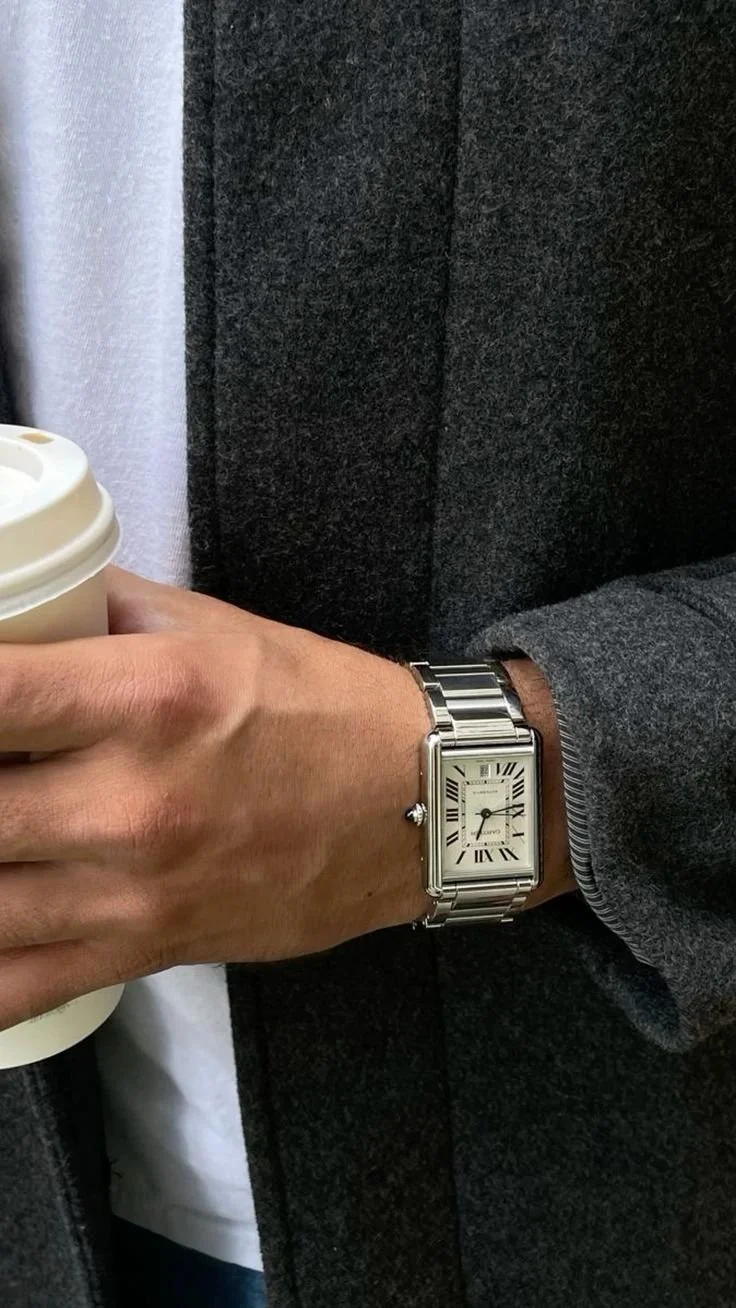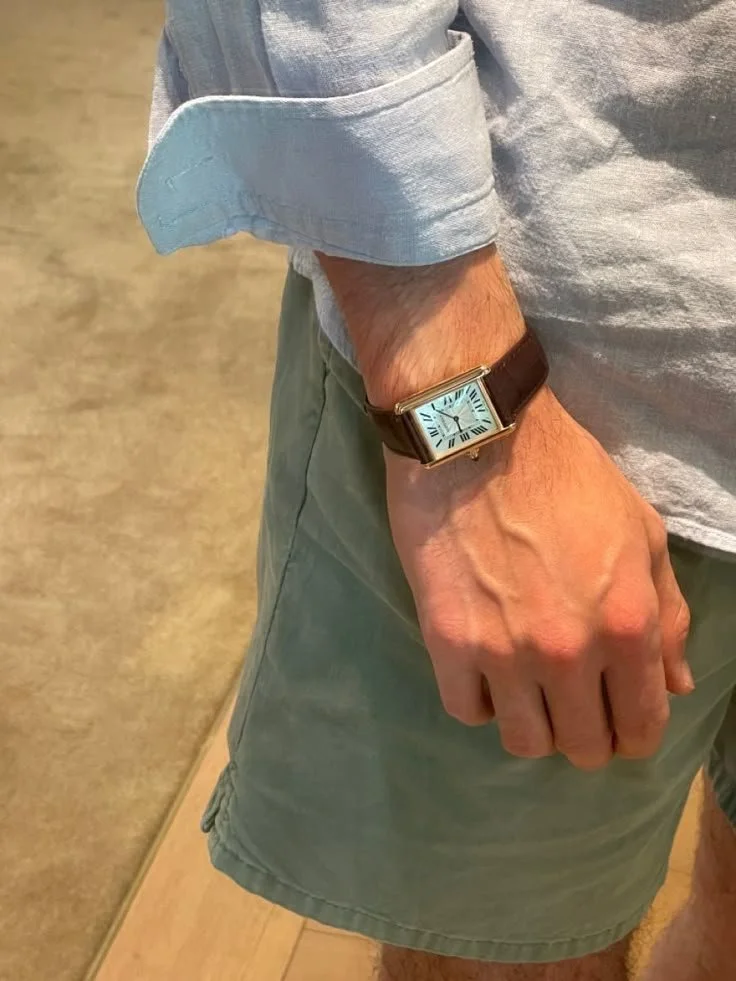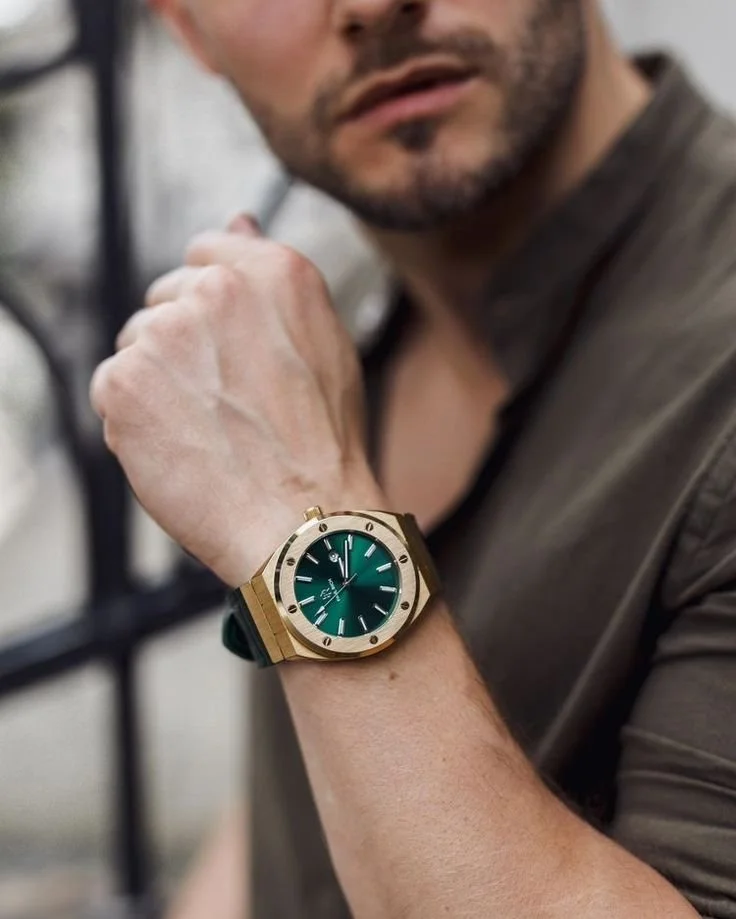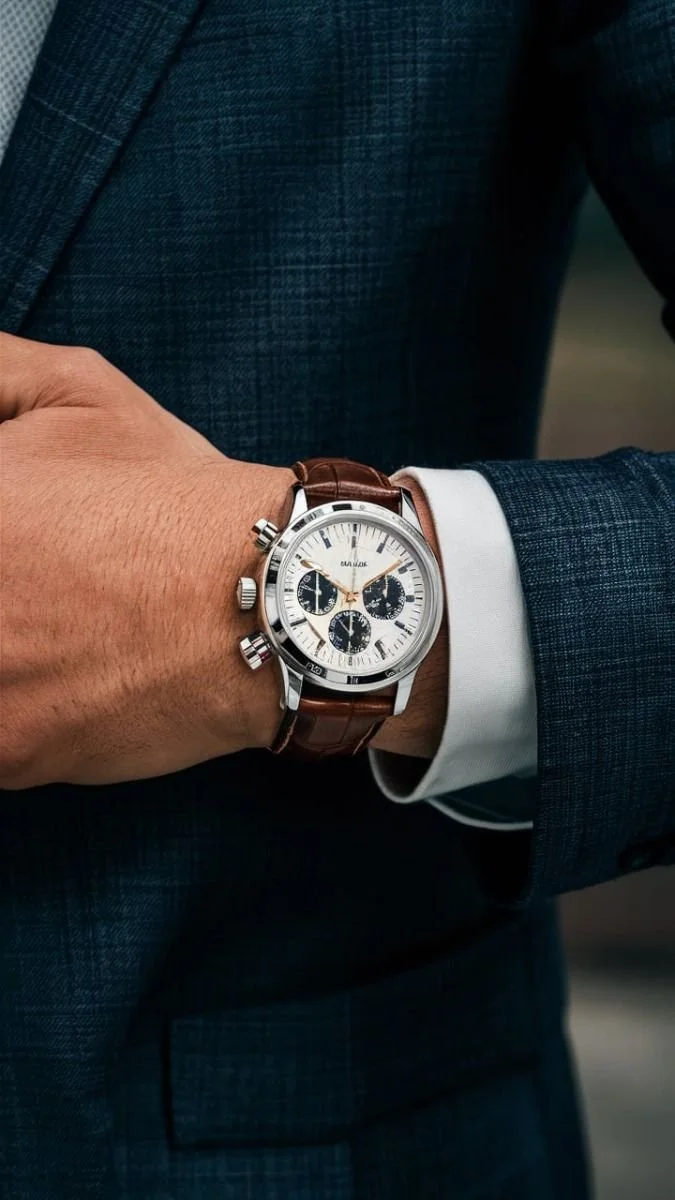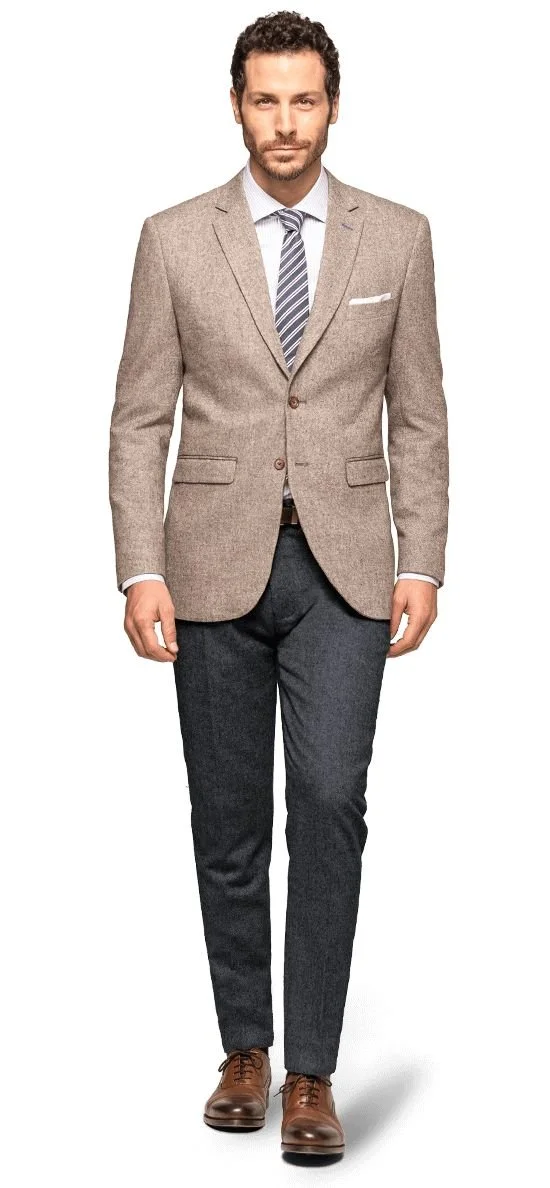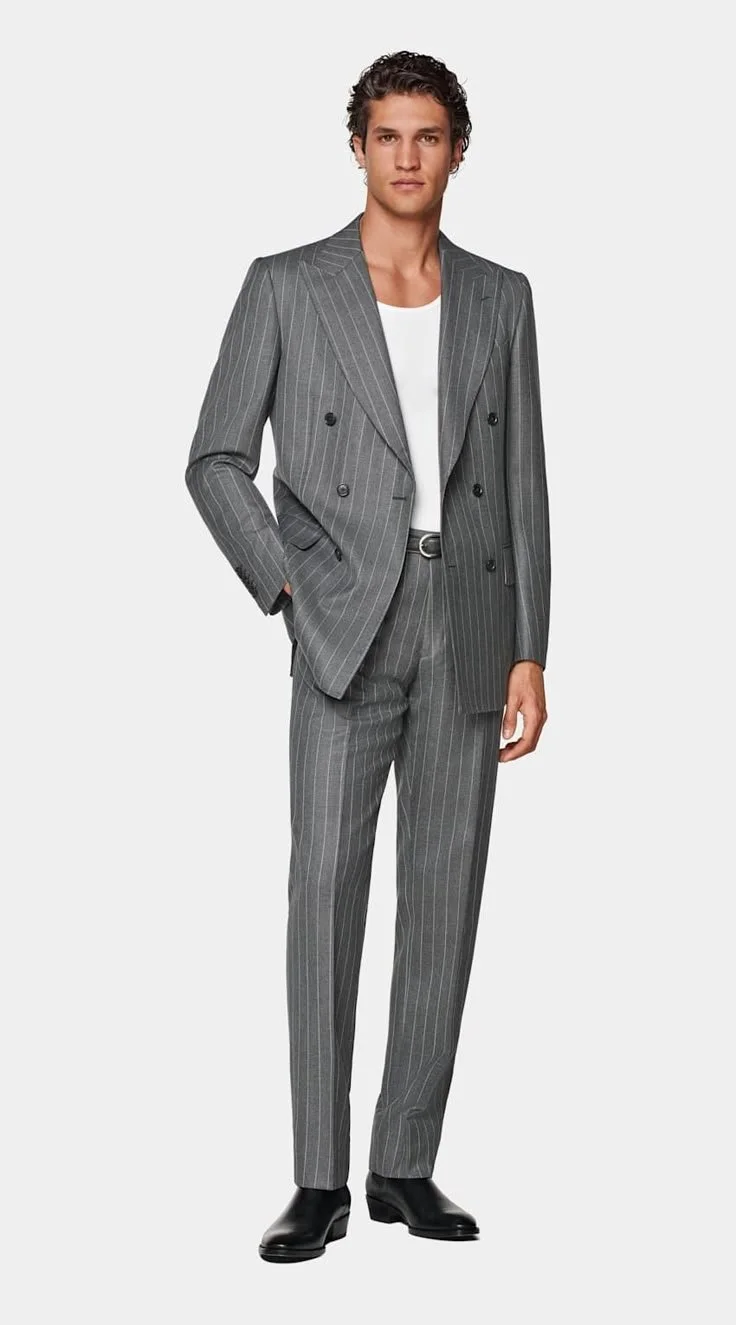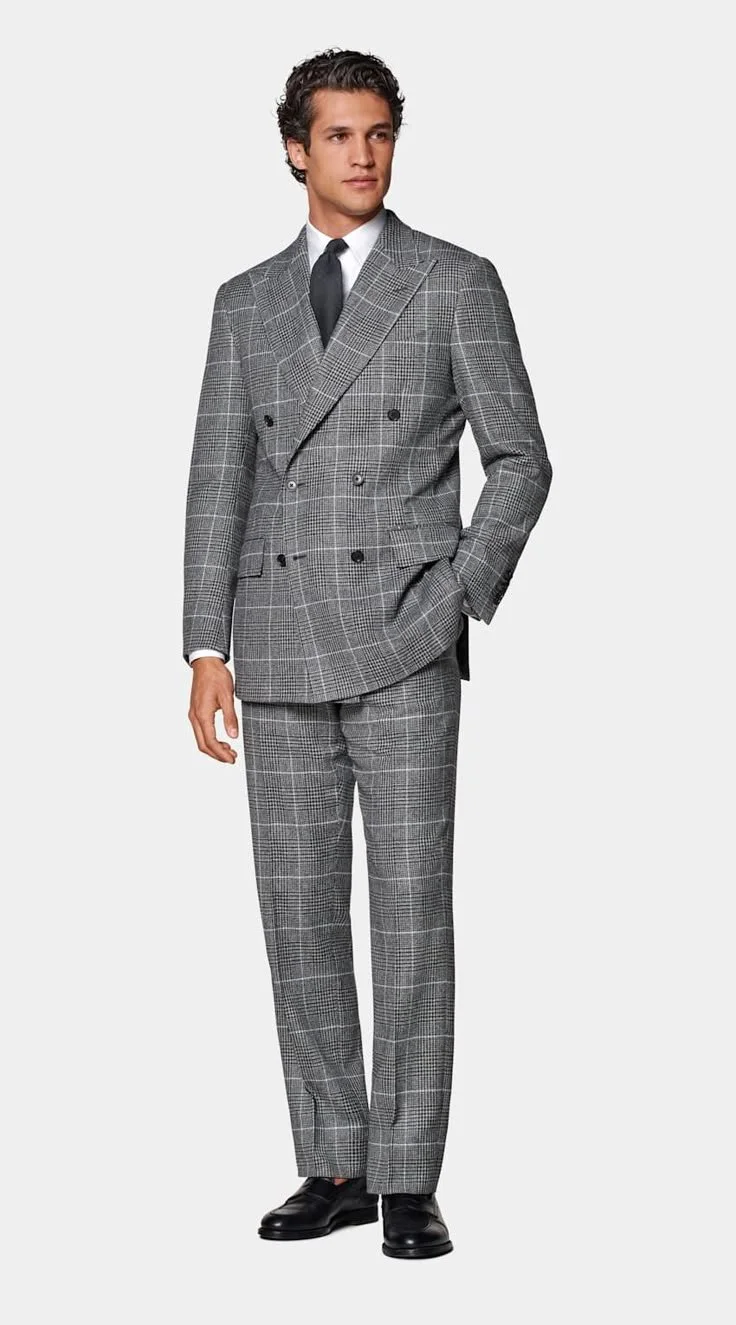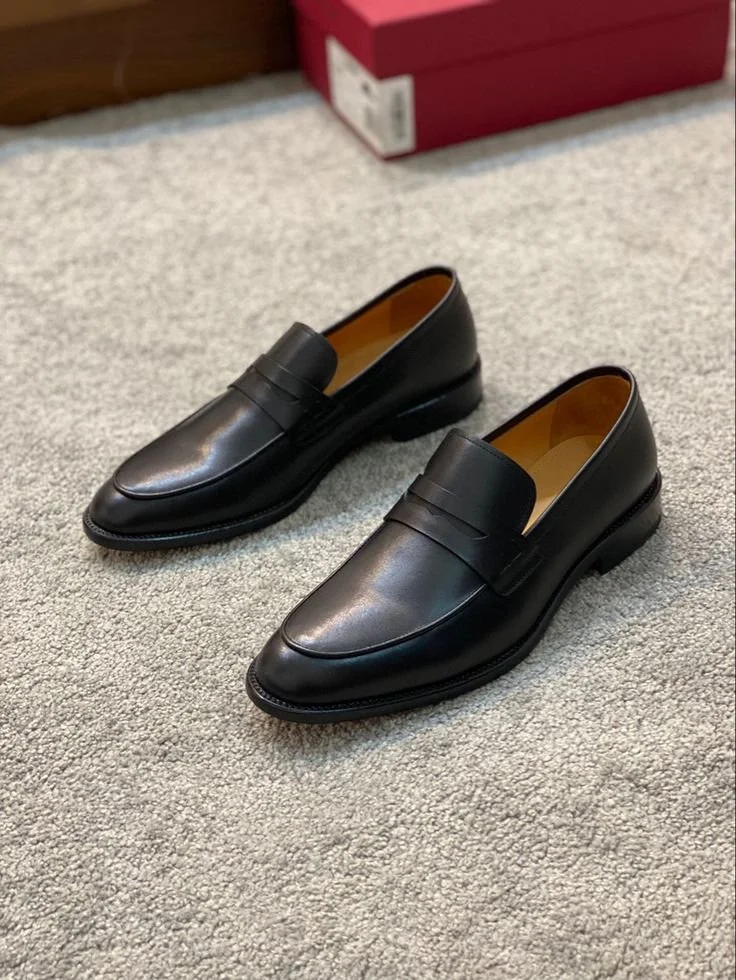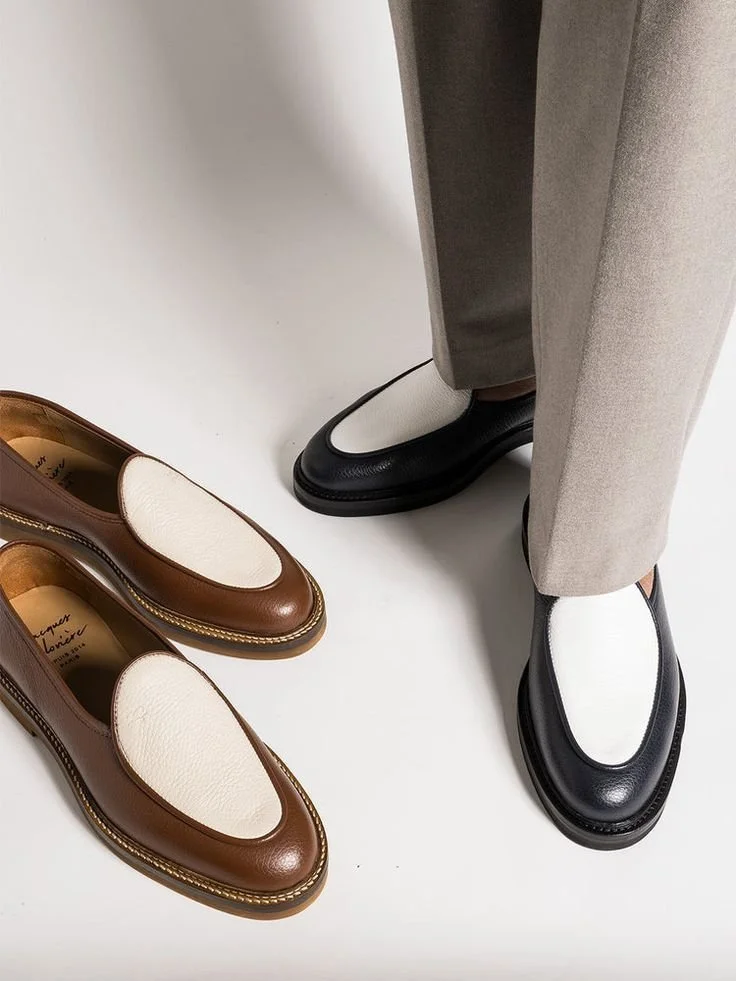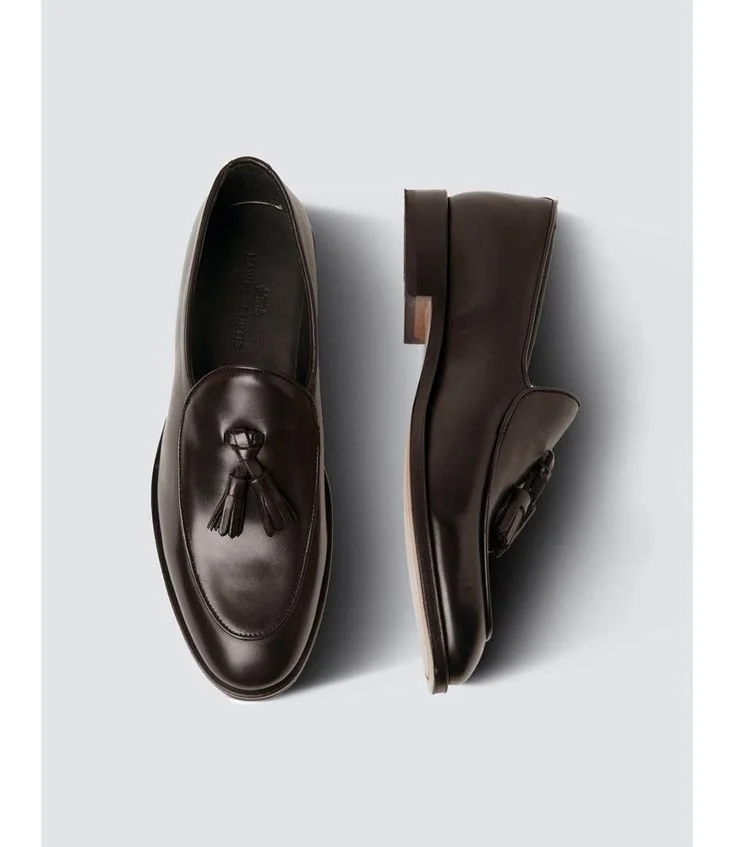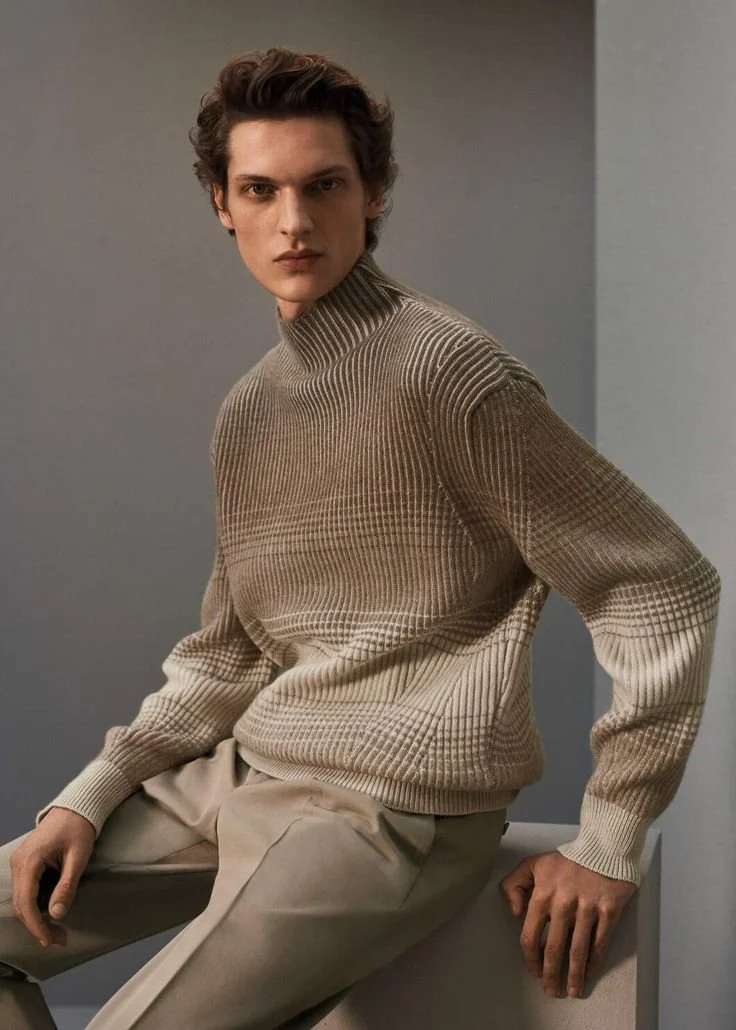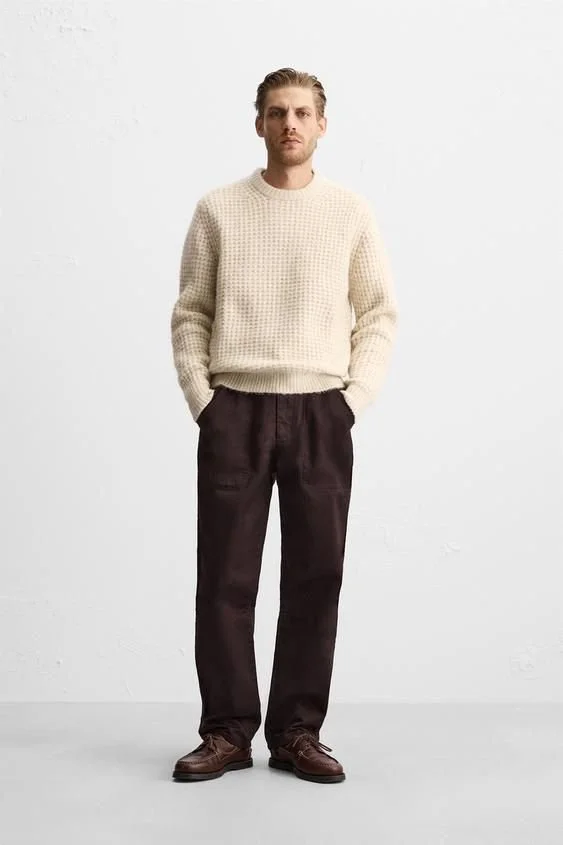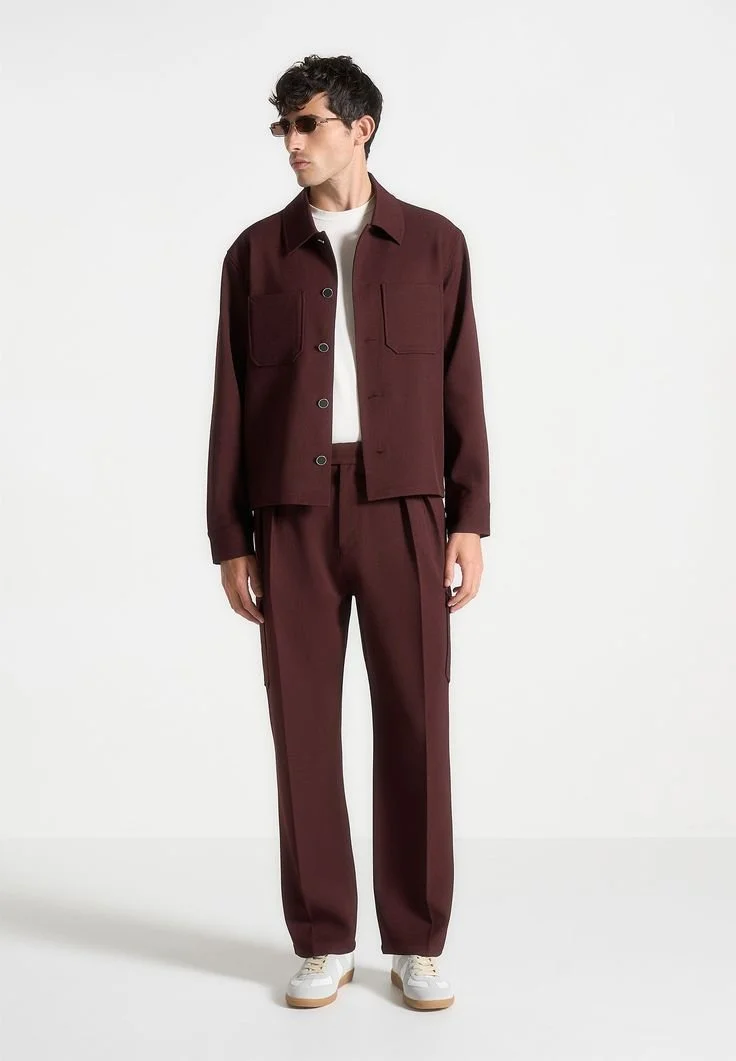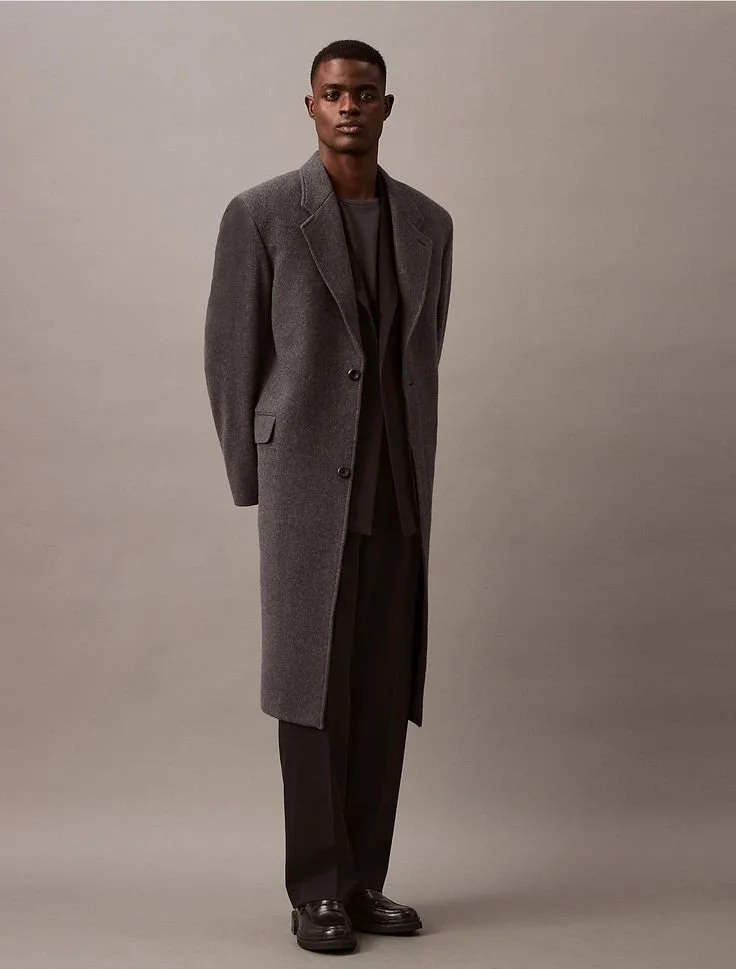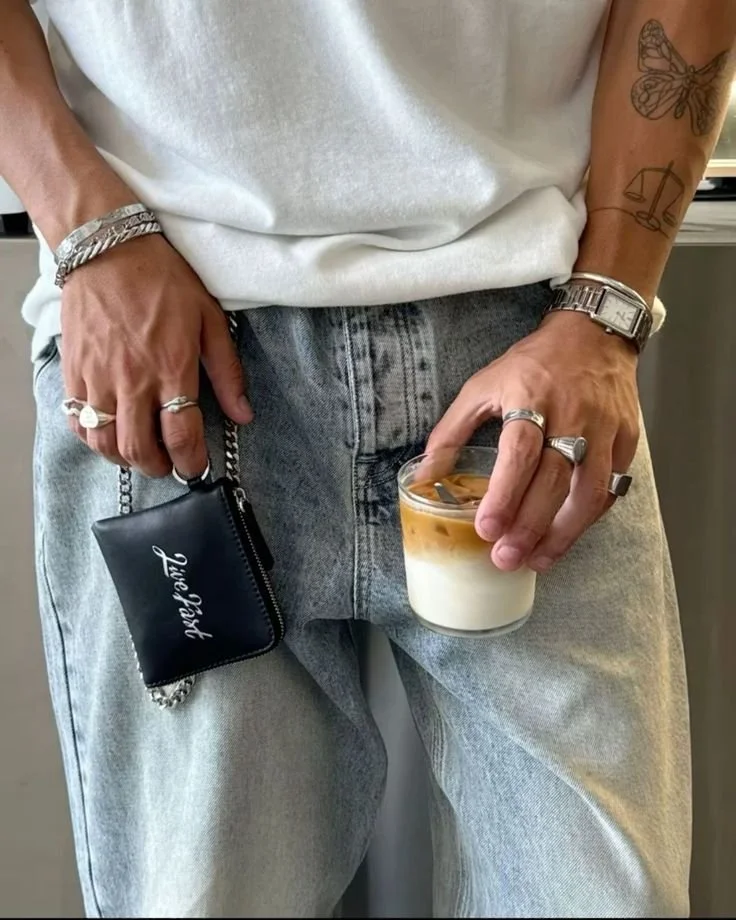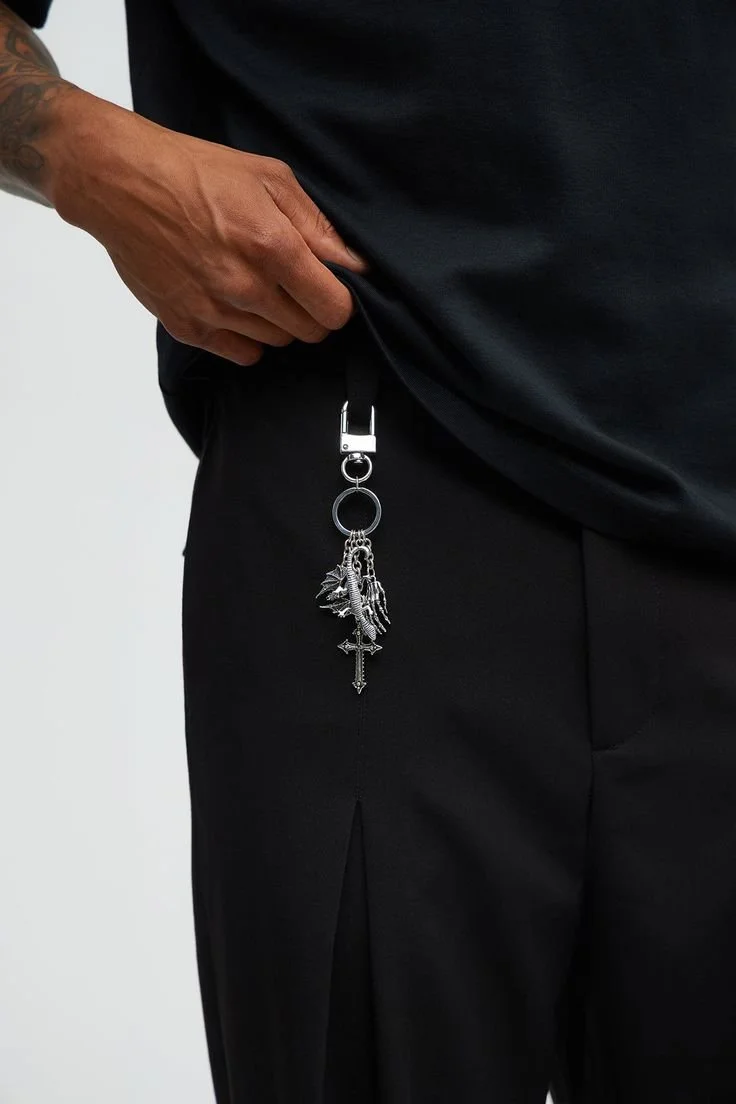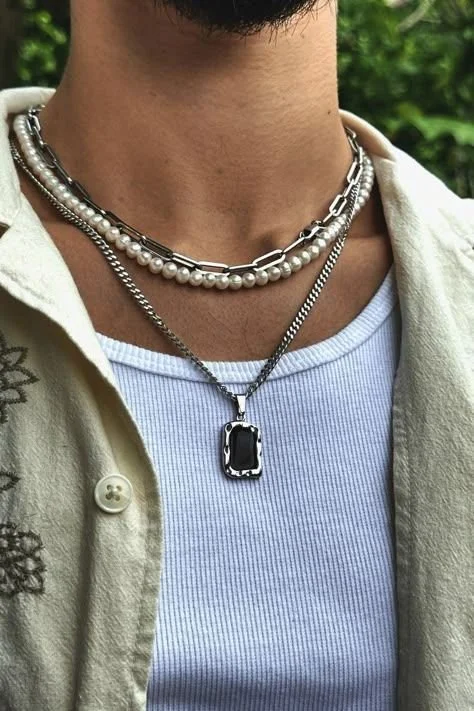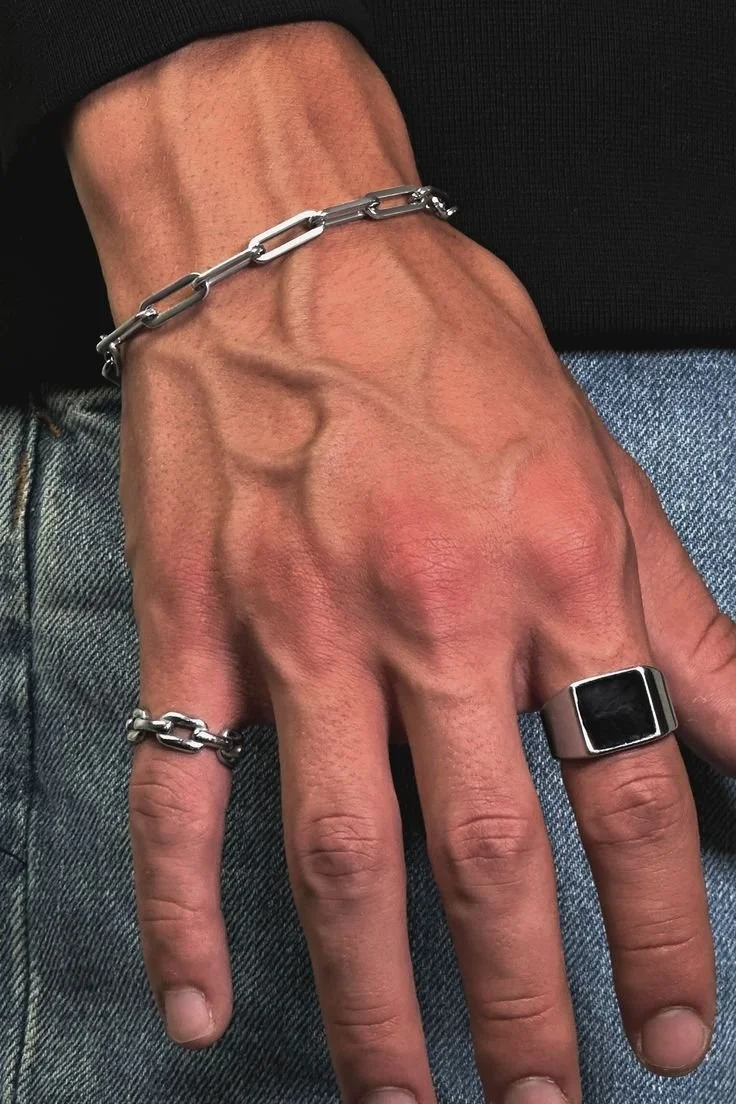"Fashion Fades, Style Endures: Why Every Gentleman Should Build a Wardrobe on Performance, Not Trends"
I still remember the moment it clicked for me. Standing in my closet three years ago, surrounded by fast fashion purchases that looked tired after just a few wears, I realized I'd been playing the wrong game entirely. While my friends were chasing every Instagram trend, spending hundreds on pieces they'd forget about in months, I was drowning in choices yet had nothing meaningful to wear.
That morning changed everything. It was the day I learned the difference between fashion and style – a distinction that every modern gentleman needs to understand if he wants to build a wardrobe that works as hard as he does.
The Great Deception: When Fashion Became Fast
Fashion today isn't what our grandfathers knew. Where once it represented craftsmanship and considered design, modern fashion has become a relentless cycle of disposable trends designed to keep us buying, not building. Social media feeds us a constant stream of "must-have" pieces that promise transformation but deliver only temporary satisfaction.
I've watched countless men – successful professionals, entrepreneurs, creatives – fall into this trap. They'll spend $200 on a trendy bomber jacket that looks dated within six months, yet hesitate to invest $300 in a quality wool coat that could serve them for decades. This is the fashion industry's greatest trick: convincing us that cheap and frequent is better than considered and lasting.
The numbers tell the story. The average person today buys 60% more clothing than they did 15 years ago, yet keeps each item for half as long. We're consuming more while enjoying less. This isn't just wasteful – it's exhausting.
Style: Your Personal Signature
Style, however, is different. Style is personal language expressed through clothing choices. It's the reason you can spot a well-dressed man from across the room, not because he's wearing the latest trend, but because everything he wears seems intentionally chosen to complement who he is.
Think about the men whose style you admire – perhaps it's the way your mentor effortlessly combines casual and professional elements, or how that colleague always looks put-together without appearing to try too hard. What you're responding to isn't their ability to follow fashion rules, but their mastery of their personal aesthetic.
Style is built on understanding. Understanding your body, your lifestyle, your values, and your goals. A lawyer building his wardrobe around sharp tailoring and neutral tones isn't following trends – he's making strategic choices that serve his professional image. A creative professional might lean toward interesting textures and unexpected color combinations because his work environment celebrates individuality.
The Performance Principle
Here's what changed my approach entirely: I started viewing my wardrobe as a performance tool rather than a collection of individual pieces. Every item needed to earn its place by serving multiple functions and working across different contexts.
This shift in thinking leads to smarter choices. Instead of buying five cheap dress shirts in different colors, invest in two exceptional ones in versatile shades. Instead of collecting trendy sneakers, find one pair of leather shoes that can transition from business casual to weekend wear.
Performance-based dressing considers:
Versatility: Can this piece work in multiple settings?
Durability: Will this last beyond this season?
Fit: Does this enhance my silhouette?
Maintenance: Can I care for this easily?
Value: Does the cost per wear justify the investment?
Breaking Free from Trend Tyranny
The most liberating realization in my style journey was this: trends cannot define personal taste. They can inform it, inspire it, even challenge it – but they cannot define it.
I remember the season when oversized streetwear dominated men's fashion. Every influencer, every brand, every magazine insisted that bigger was better. But this trend didn't align with my professional needs or personal preferences for clean, tailored silhouettes. Instead of forcing myself into ill-fitting clothes, I found ways to incorporate the trend's best elements – relaxed shoulders, comfortable cuts – into pieces that actually worked for my lifestyle.
This is how mature style operates. You become a curator, not a consumer. You learn to extract what serves you from current trends while staying true to your established aesthetic foundation.
The Overconsumption Trap
Perhaps the biggest threat to developing personal style is overconsumption. We've been conditioned to believe that more options equal more style, but the opposite is often true. Analysis paralysis sets in when faced with endless choices, and decision fatigue leads to poor purchasing decisions.
Some of the most stylish men I know have relatively small wardrobes. They've learned the power of constraint – how limitations can actually enhance creativity and ensure that everything they own works harmoniously together.
The solution isn't to stop buying clothes entirely, but to become more intentional about what you bring into your wardrobe. Each new addition should either replace something that's worn out, fill a genuine gap in your collection, or represent a meaningful upgrade in quality or fit.
Building Your Timeless Foundation
Creating a wardrobe built on performance starts with establishing a strong foundation. Think of this as your style infrastructure – the pieces that will anchor every outfit and provide endless combination possibilities.
The Essential Foundation (Budget-Conscious Approach: $500-800 total)
2-3 quality dress shirts in white and light blue
1 navy suit (versatile for business and formal occasions)
1 pair of brown leather dress shoes
1 pair of quality dark jeans
2-3 solid-colored sweaters or knitwear pieces
1 versatile outerwear piece (navy blazer or wool coat)
The Enhanced Foundation (Mid-Range Investment: $1,200-2,000 total) Add to the basics:
Additional suit in charcoal grey
Quality leather belt in brown and black
Casual button-down shirts in versatile patterns
Premium denim in different washes
Leather sneakers or casual shoes
Statement watch
The Premium Foundation (Higher Investment: $3,000+ total) Focus on exceptional quality and craftsmanship:
Made-to-measure or well-tailored suits
Artisanal leather goods and shoes
Premium knitwear from heritage brands
Investment outerwear pieces
Quality accessories that last decades
The Identity Expression Framework
True style goes beyond following formulas – it's about expressing your authentic self through thoughtful choices. This requires honest self-assessment and the courage to dress for who you are, not who you think you should be.
Consider your daily life: Are you in client-facing meetings or creative workshops? Do you commute by car or public transport? Are your evenings spent at networking events or quiet dinners? Your wardrobe should reflect and support your actual lifestyle, not an aspirational version that doesn't match your reality.
I learned this lesson the hard way when I bought an expensive collection of formal shirts because I thought they made me look more "professional." But my work environment was actually quite casual, and these shirts sat unworn while I struggled to find appropriate pieces for my daily needs.
The Timeless Elegance Mindset
Timeless elegance isn't about following classical rules rigidly – it's about understanding the principles behind those rules and applying them thoughtfully. Clean lines, proper fit, quality materials, and considered color palettes never go out of style because they're based on what fundamentally looks good on the human form.
This doesn't mean your wardrobe has to be boring. Personality can be expressed through subtle details: the texture of a sweater, the pattern of a pocket square, the silhouette of a jacket, or the choice of accessories. The key is building from a foundation of solid, versatile pieces that you can then personalize.
The Long Game
Building a wardrobe based on style rather than fashion is playing the long game. It requires patience, research, and sometimes spending more upfront for pieces that will serve you better over time. But the payoff is significant: less decision fatigue, more confidence, and ultimately, more money saved by buying less but buying better.
I now spend about 60% less on clothing than I did during my trend-chasing days, yet I'm consistently better dressed and more confident in my appearance. This isn't because I've stopped caring about how I look – it's because I've learned to make strategic choices that compound over time.
The goal isn't to never buy new clothes, but to buy them for the right reasons. When you do add new pieces, they should enhance your existing wardrobe rather than requiring you to rebuild it.
Your style is your visual signature in the world. Make it count.


